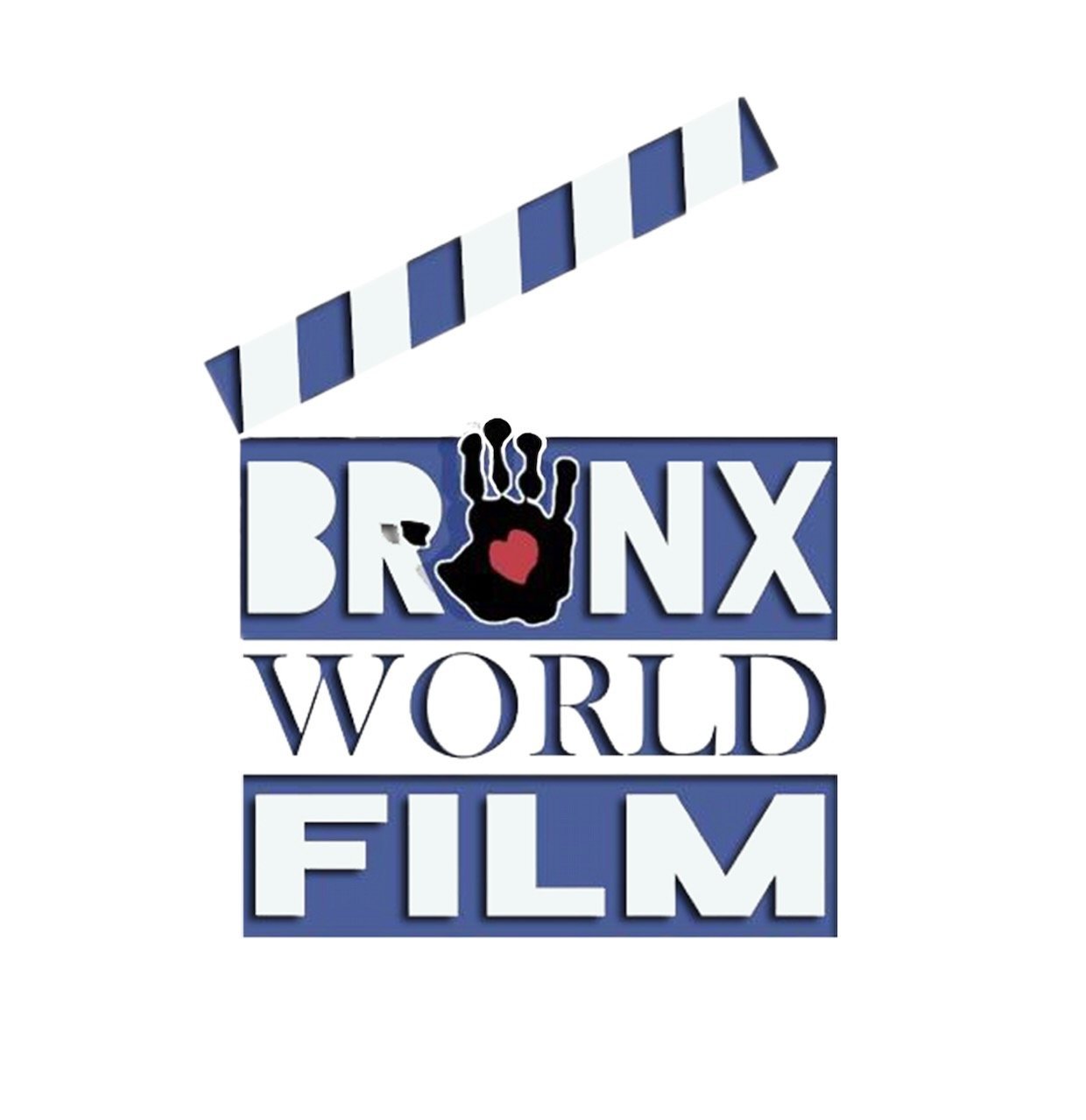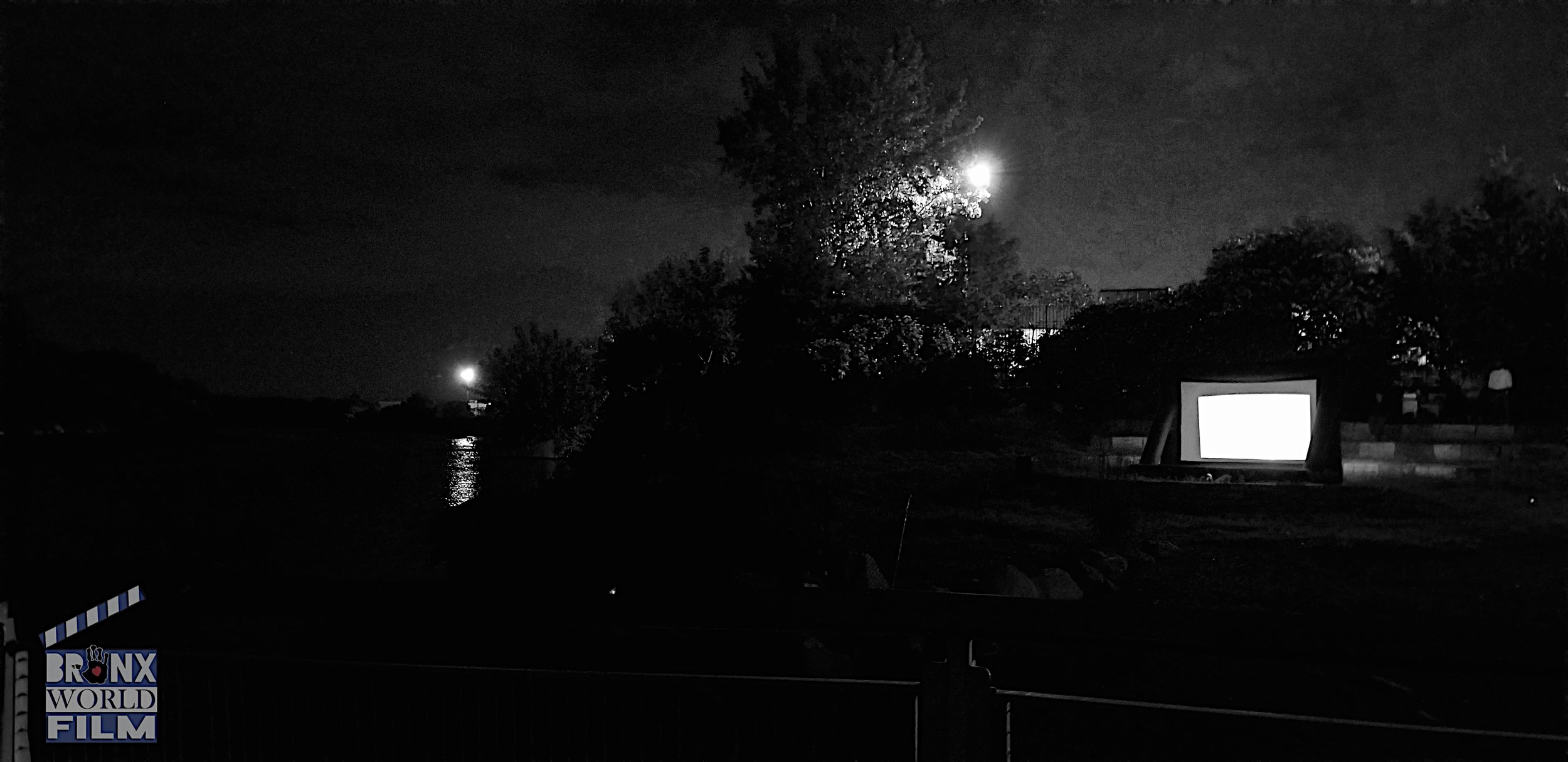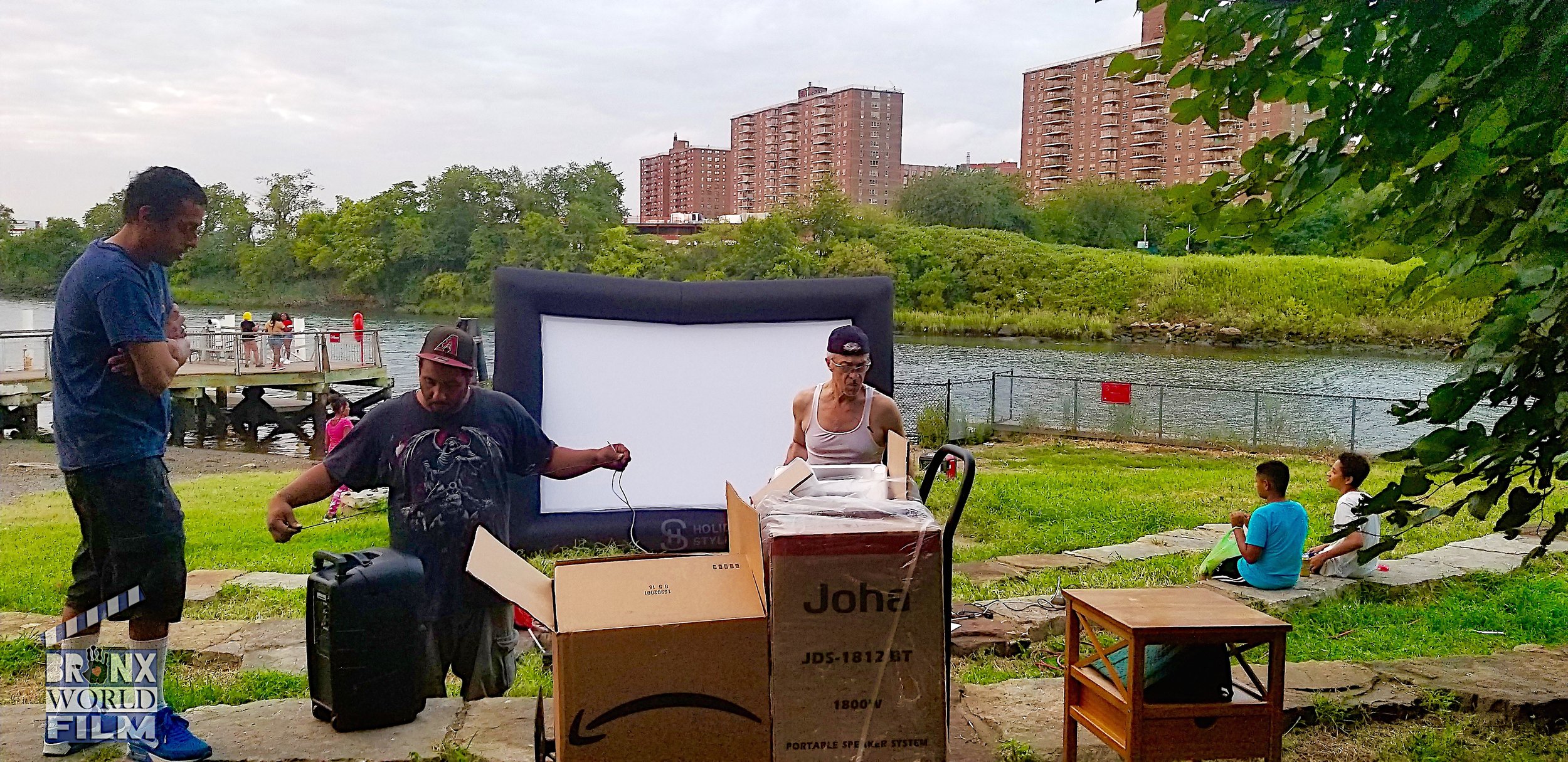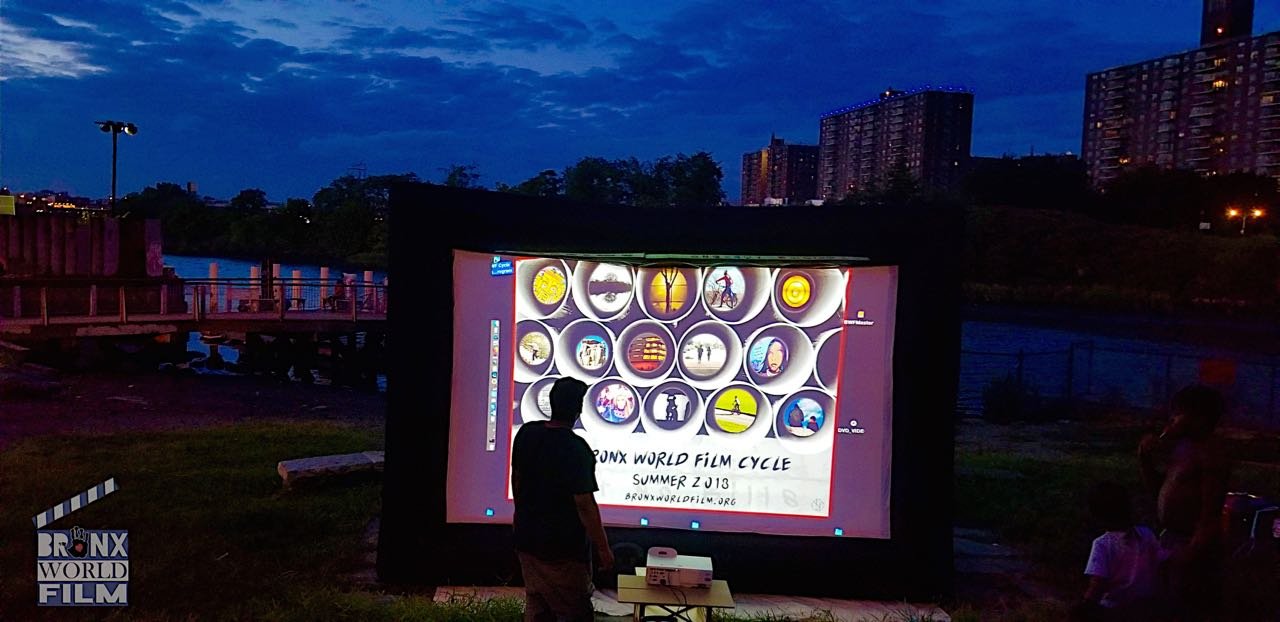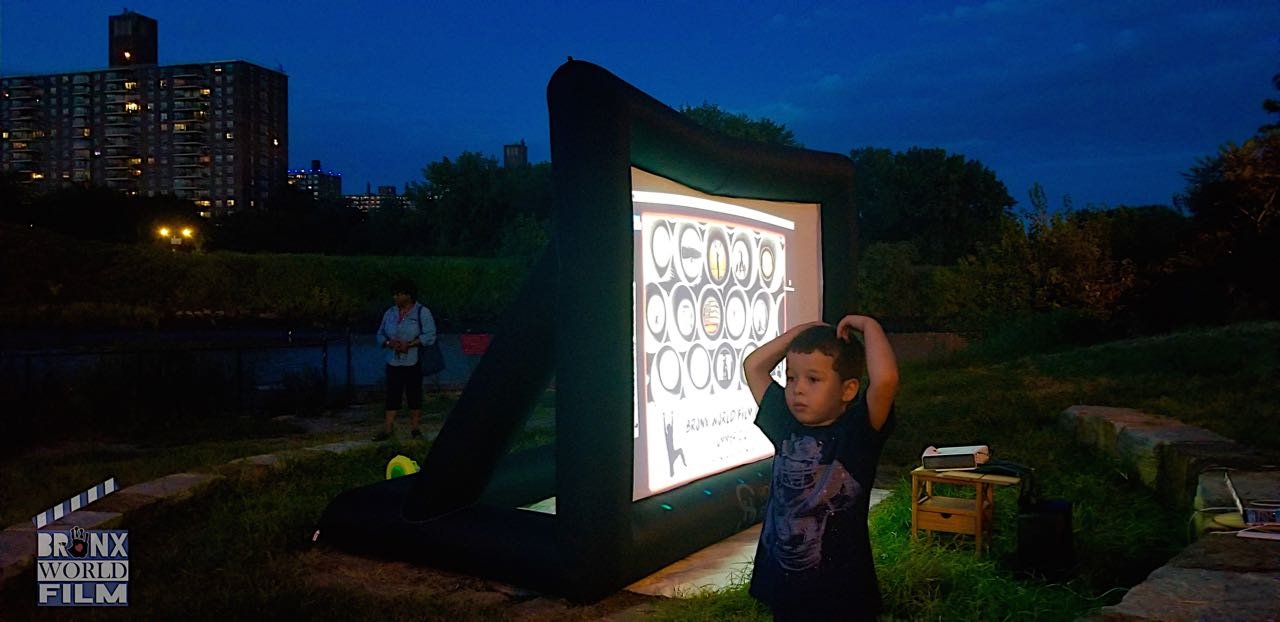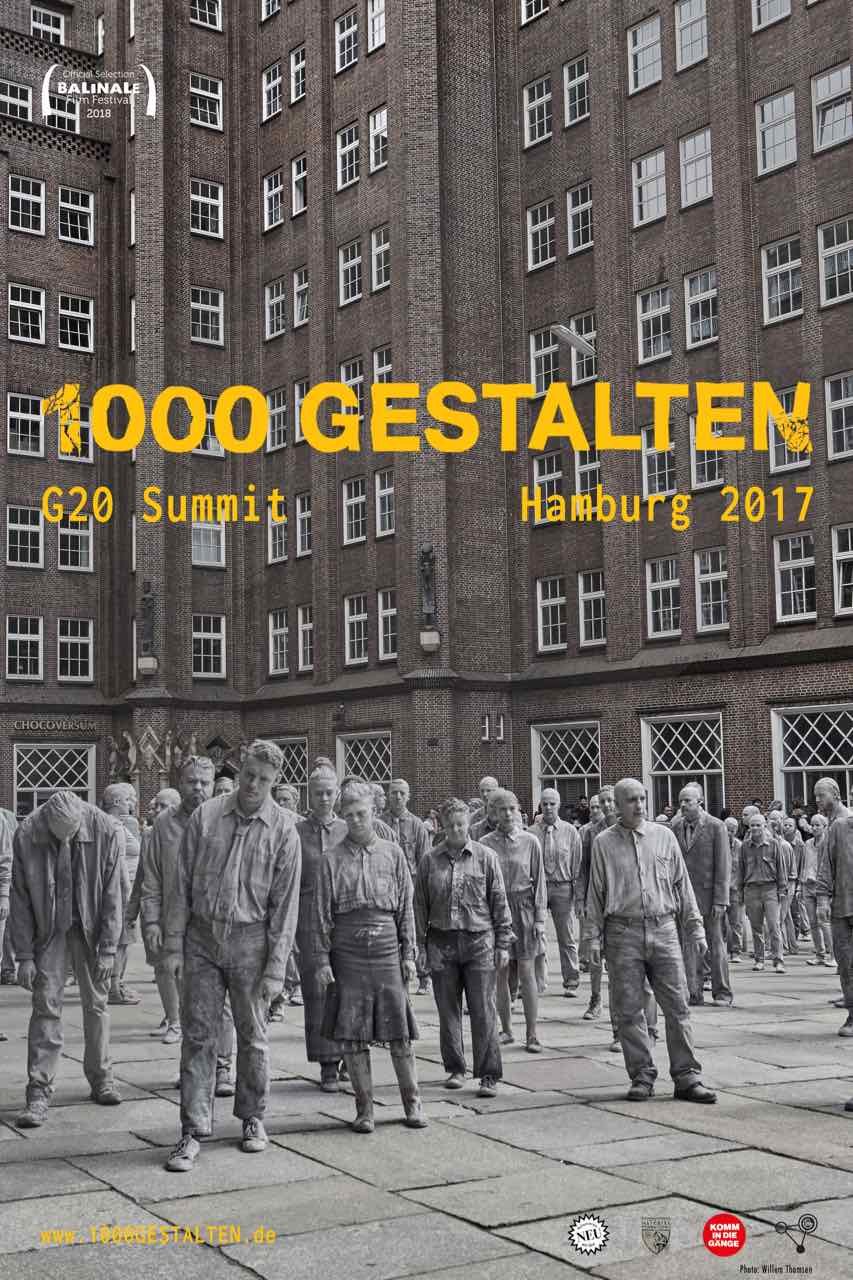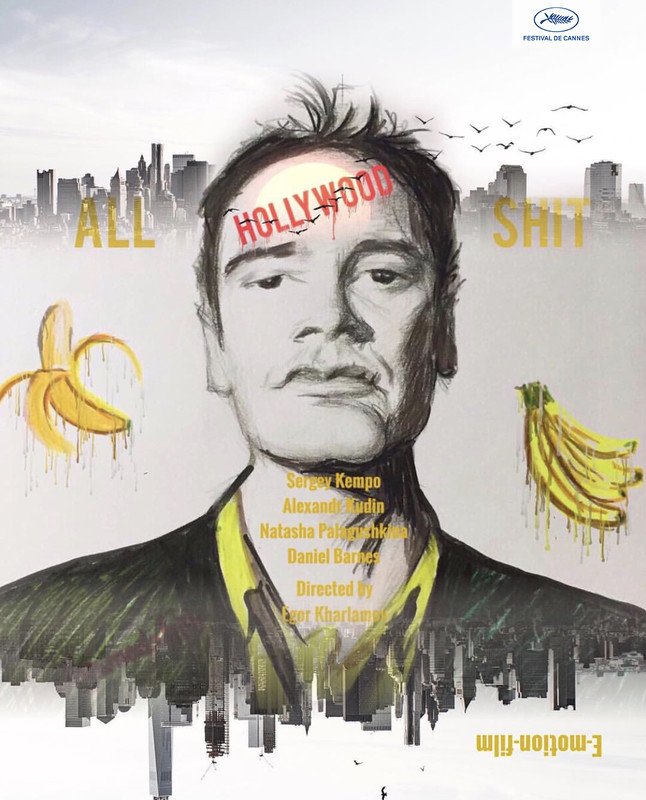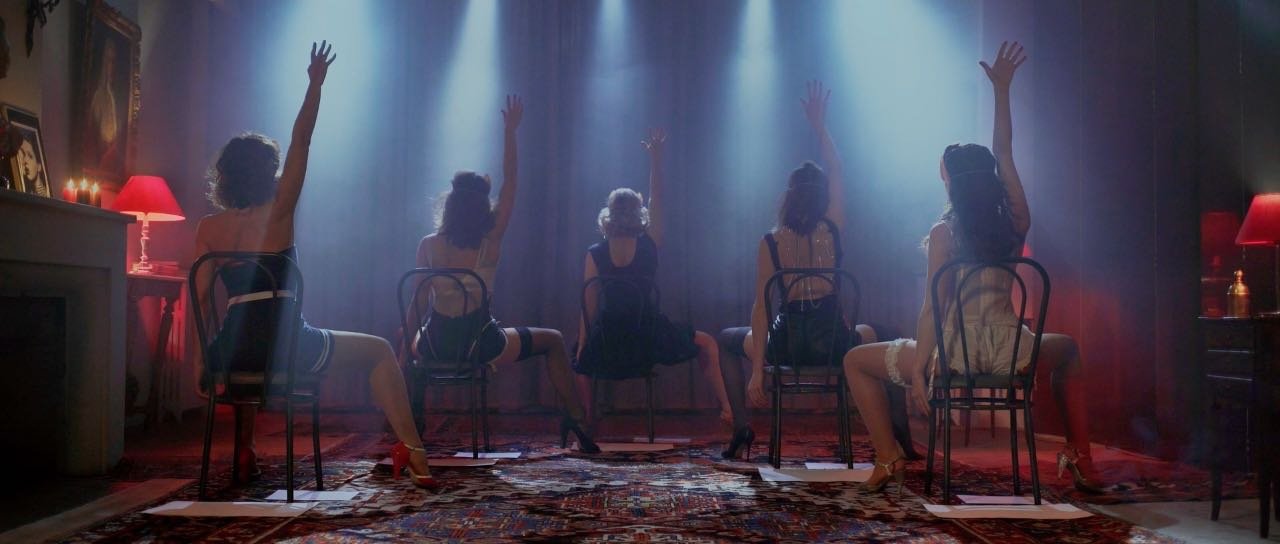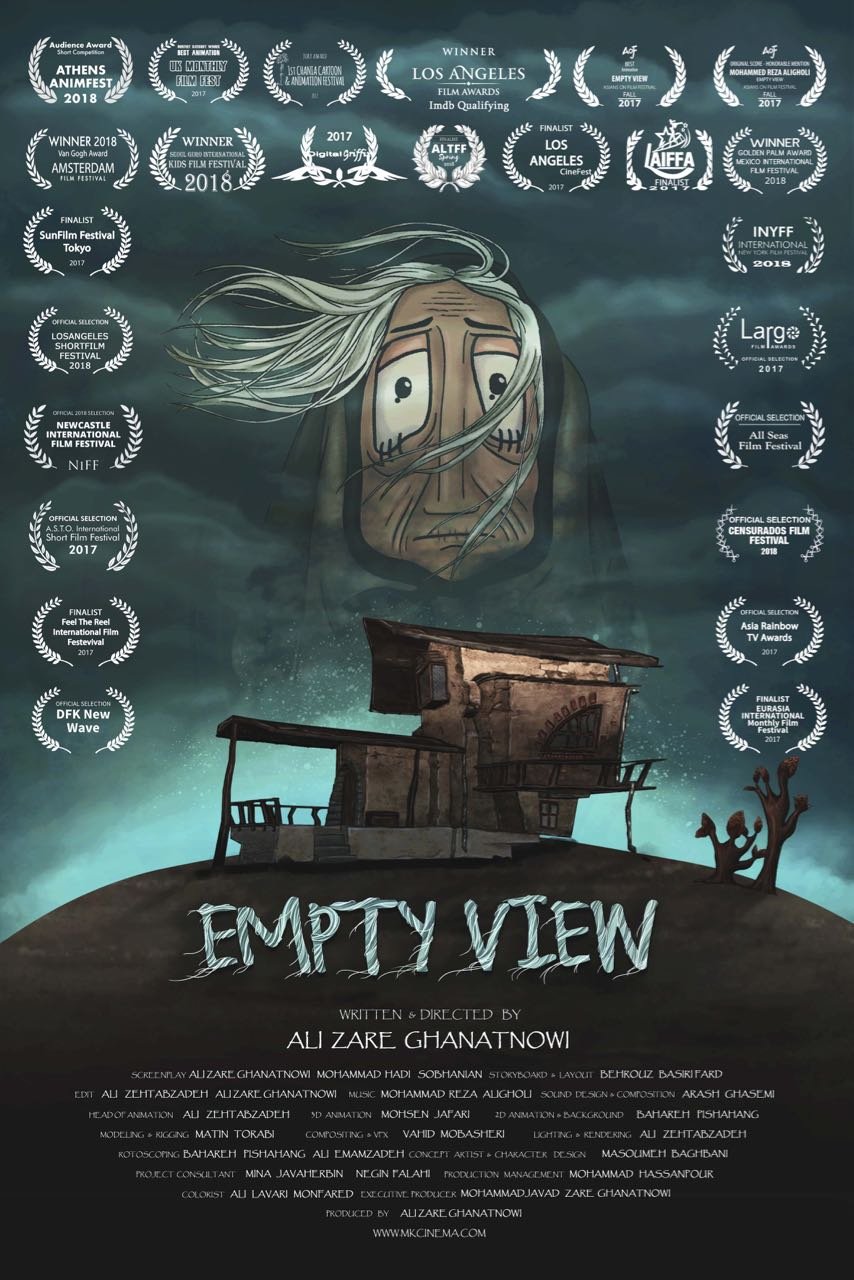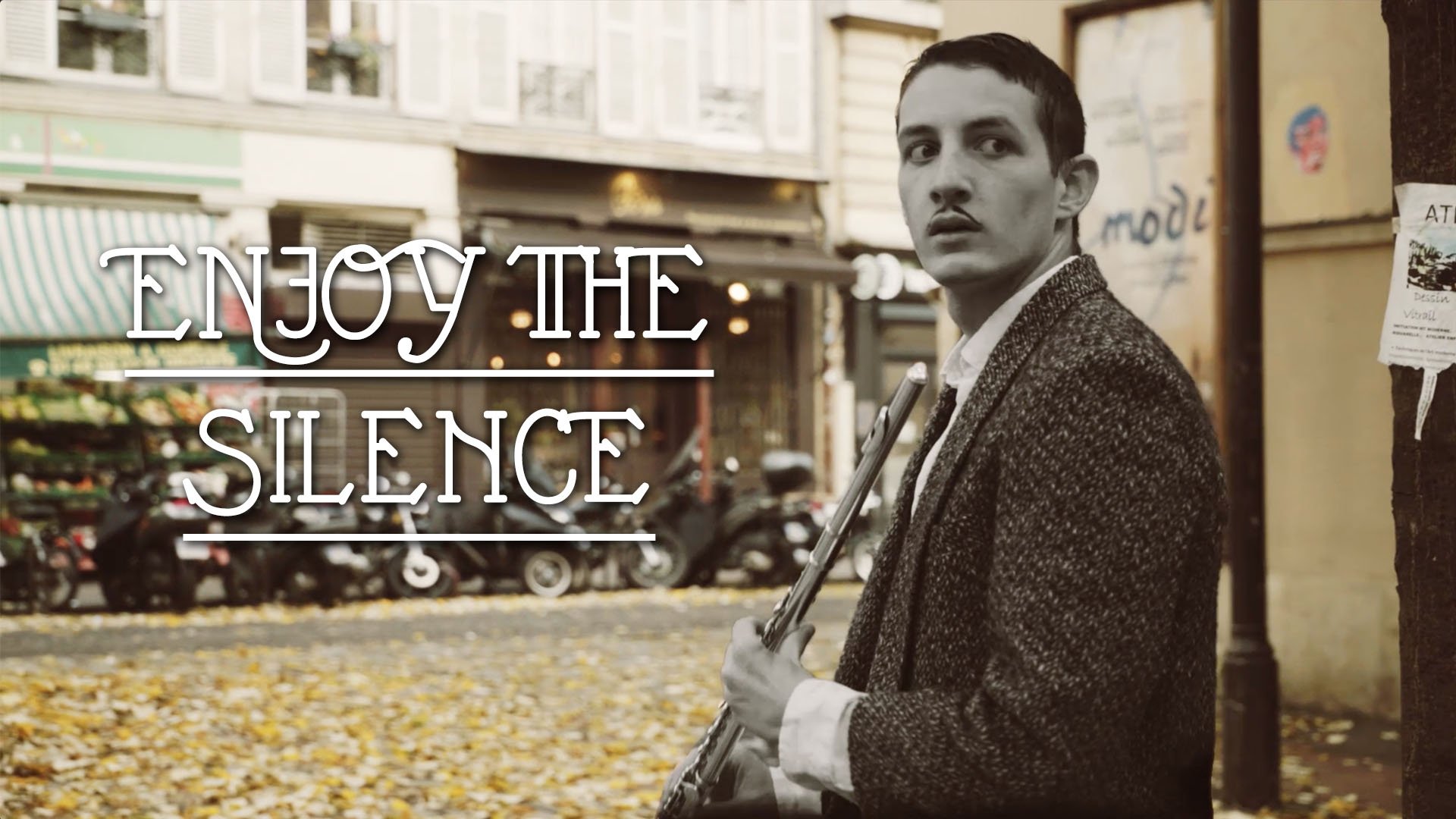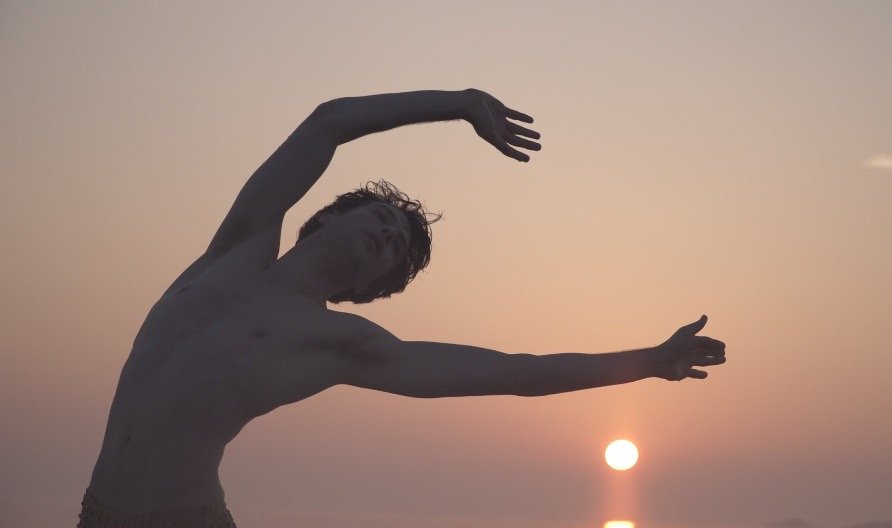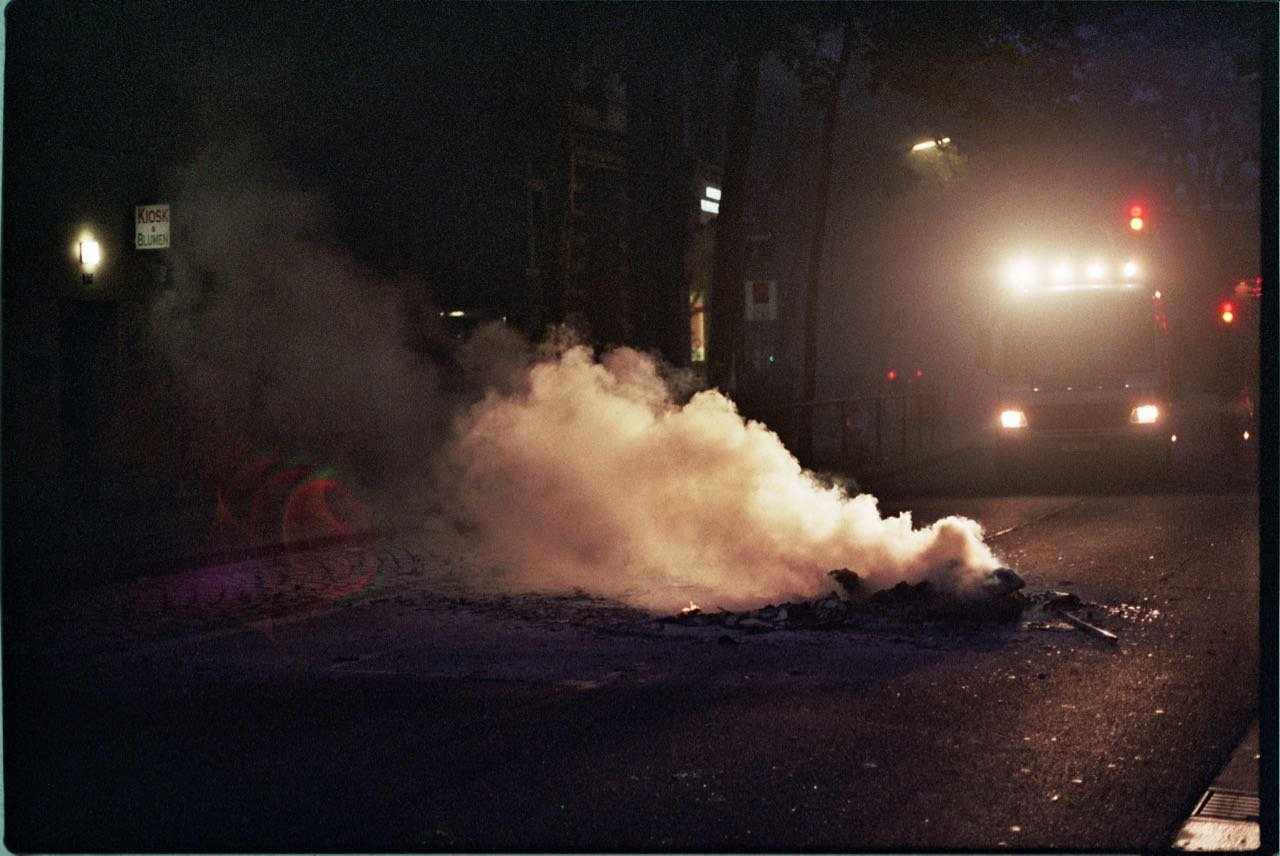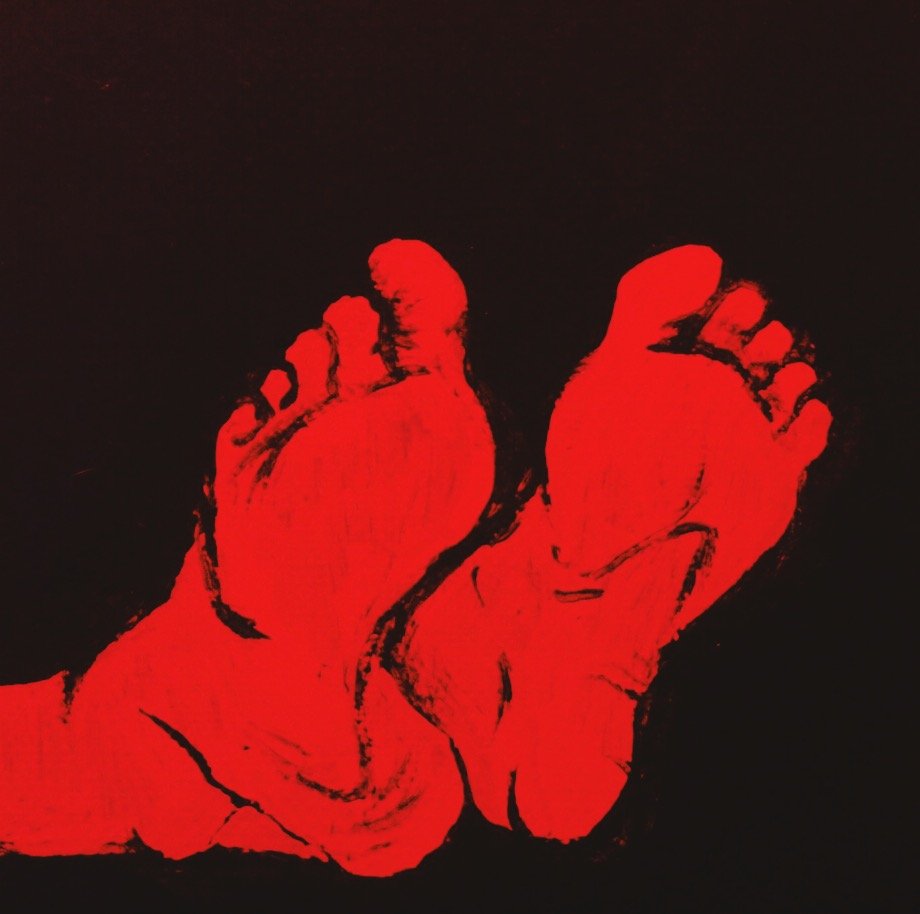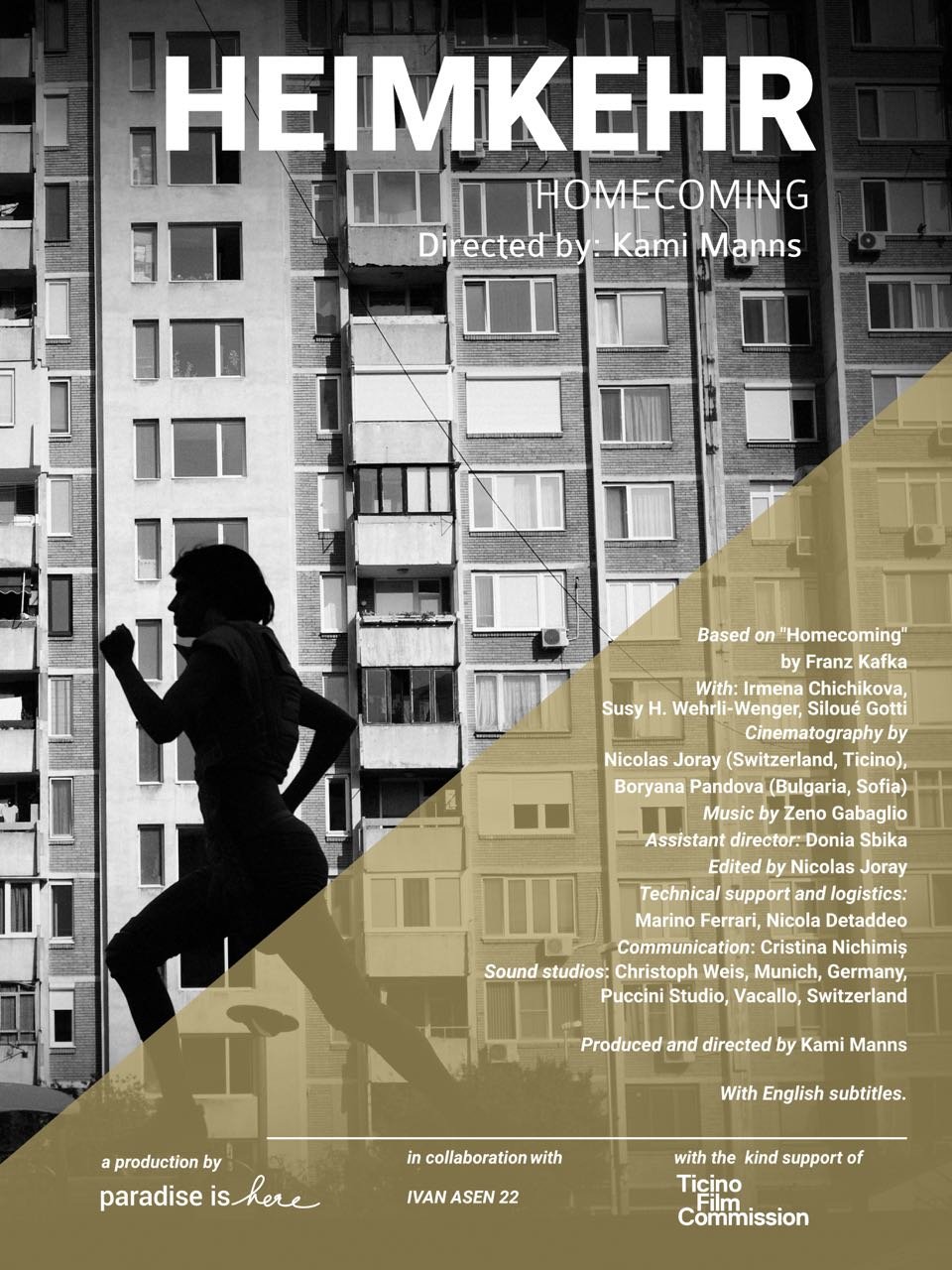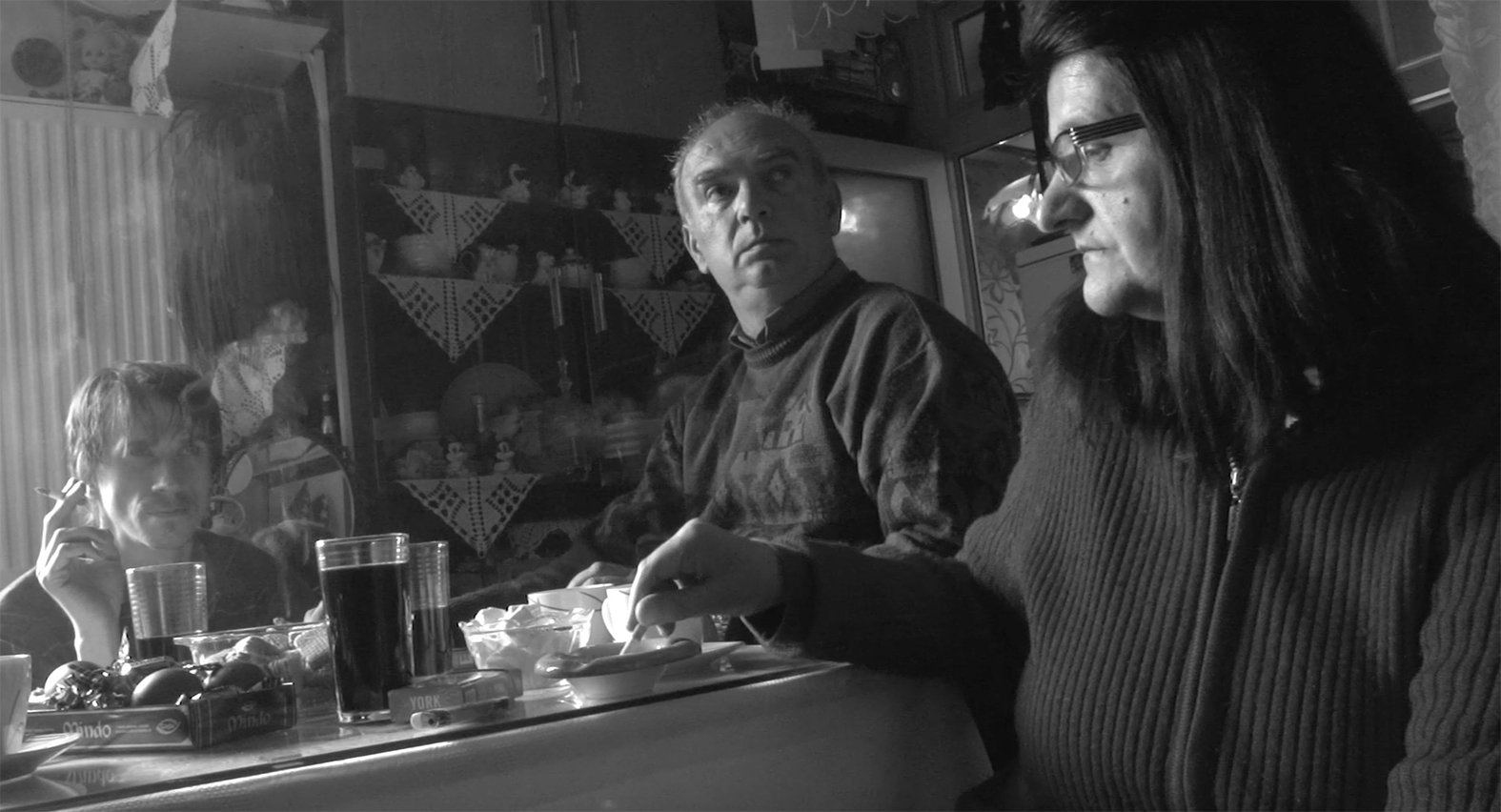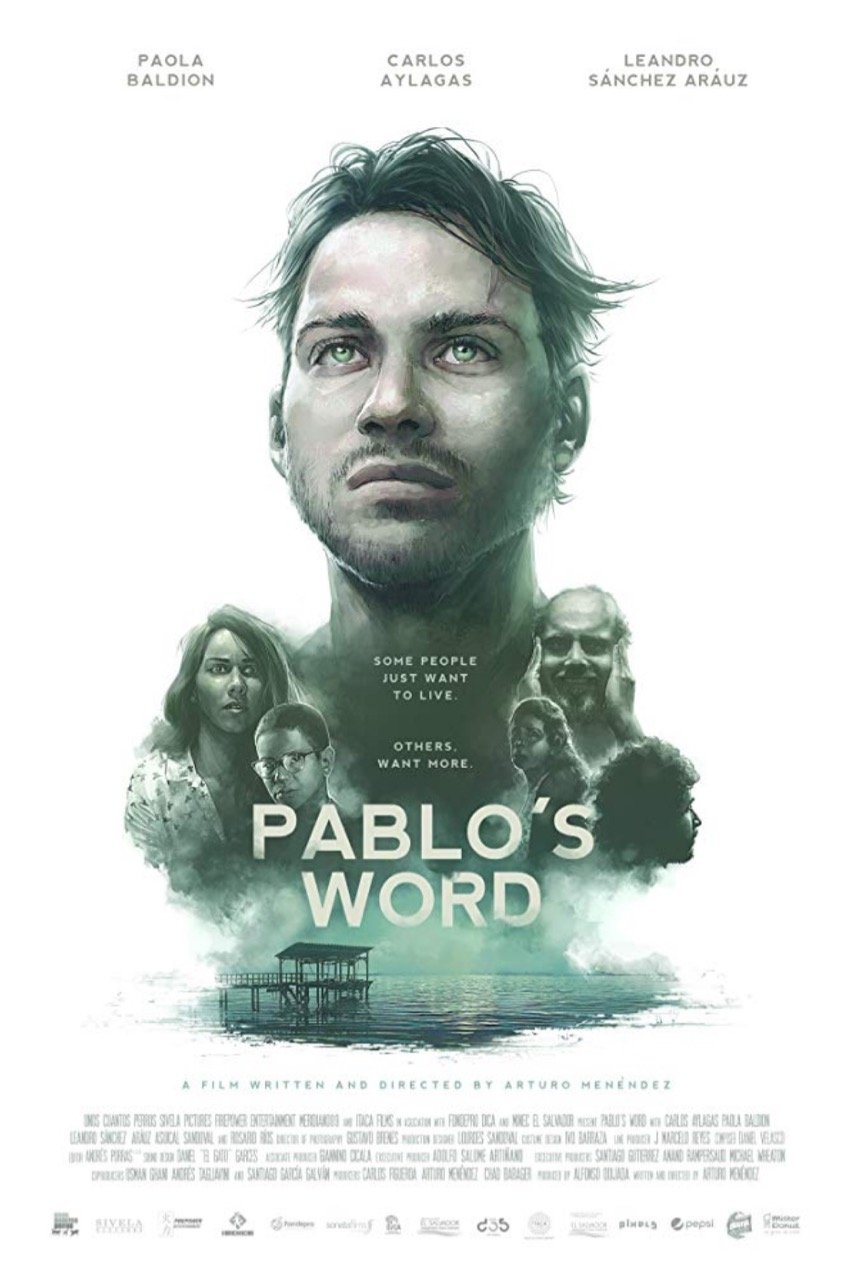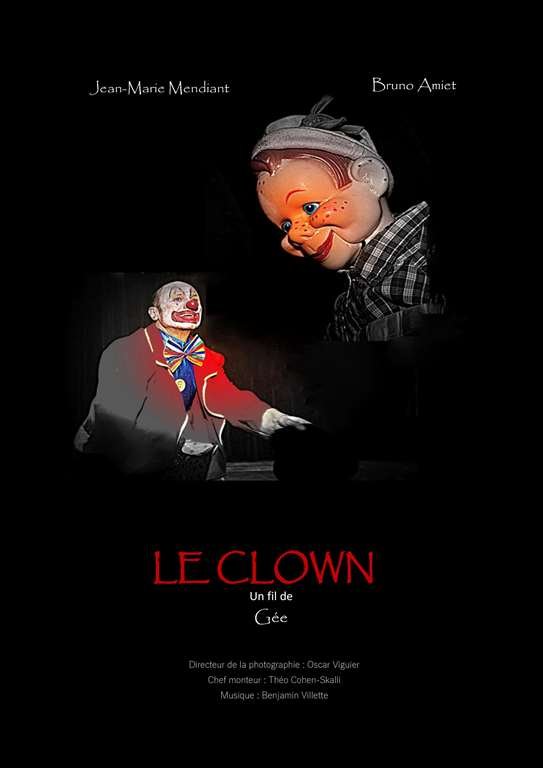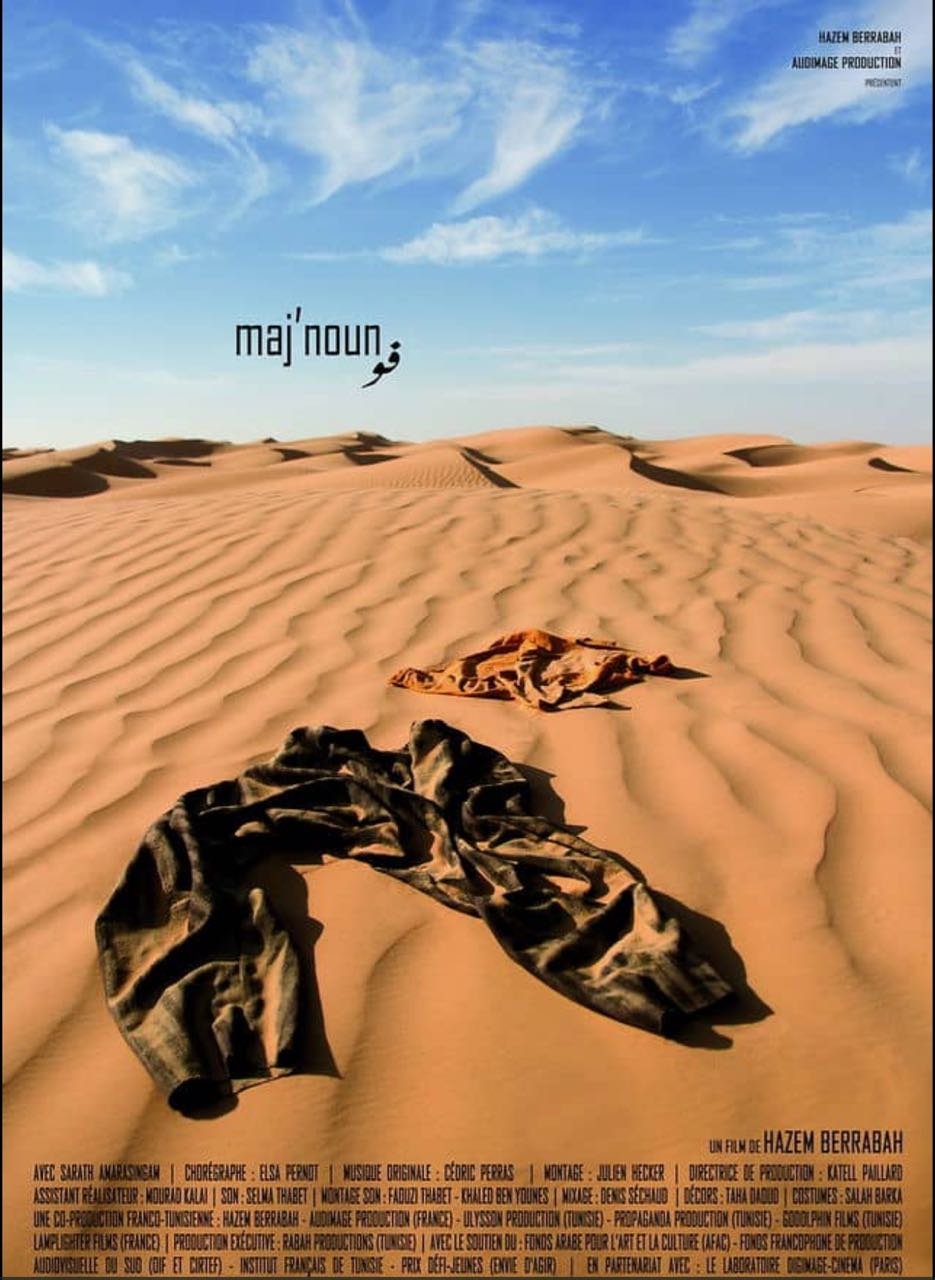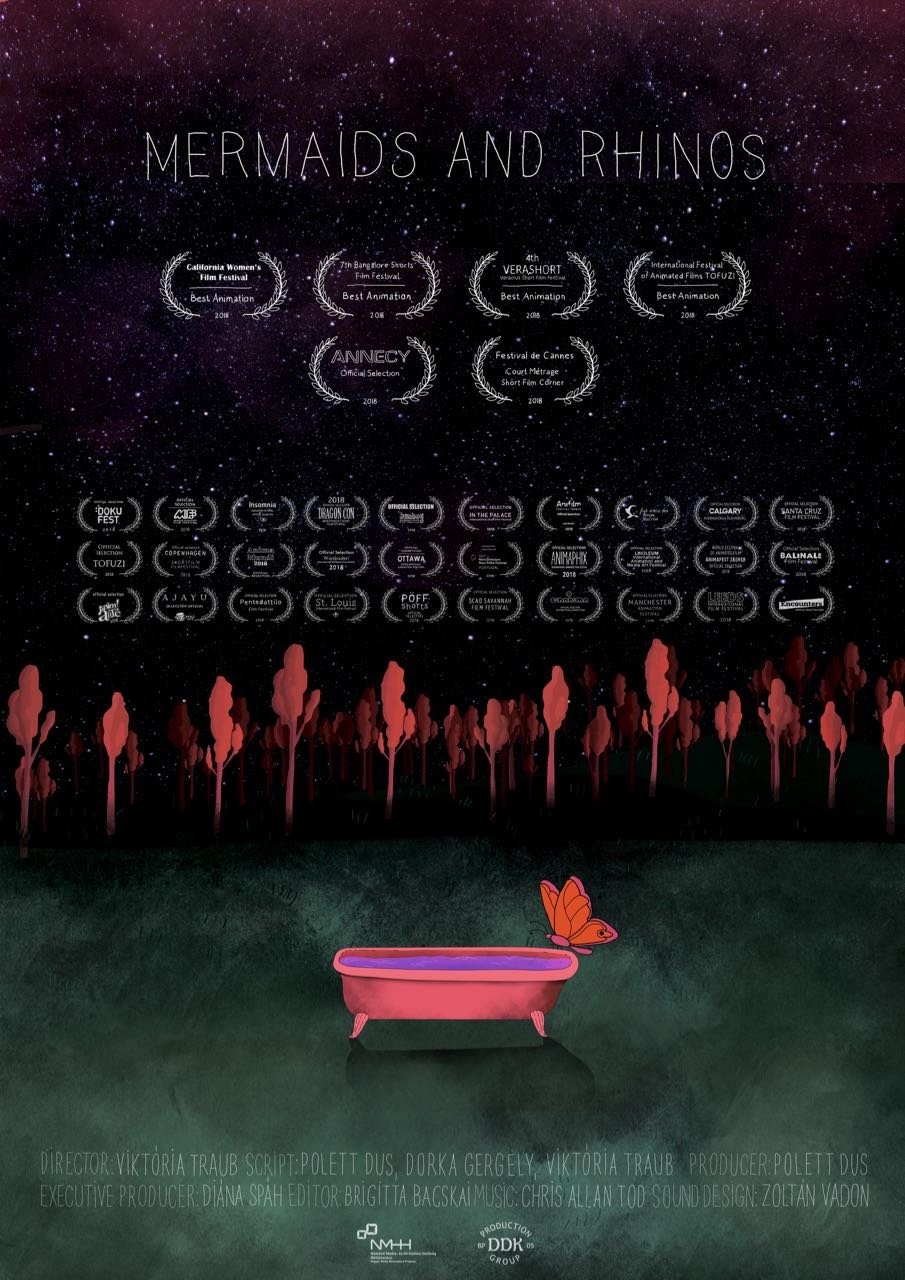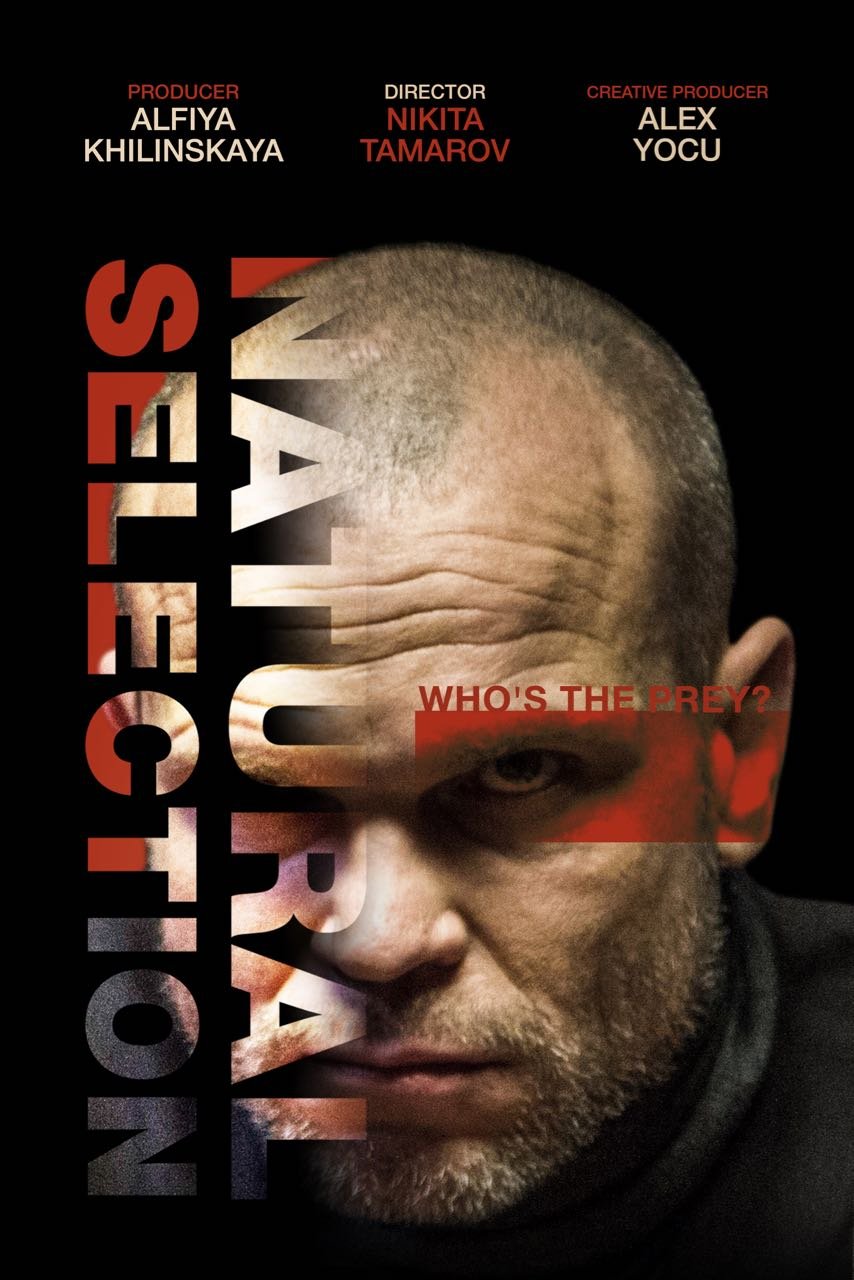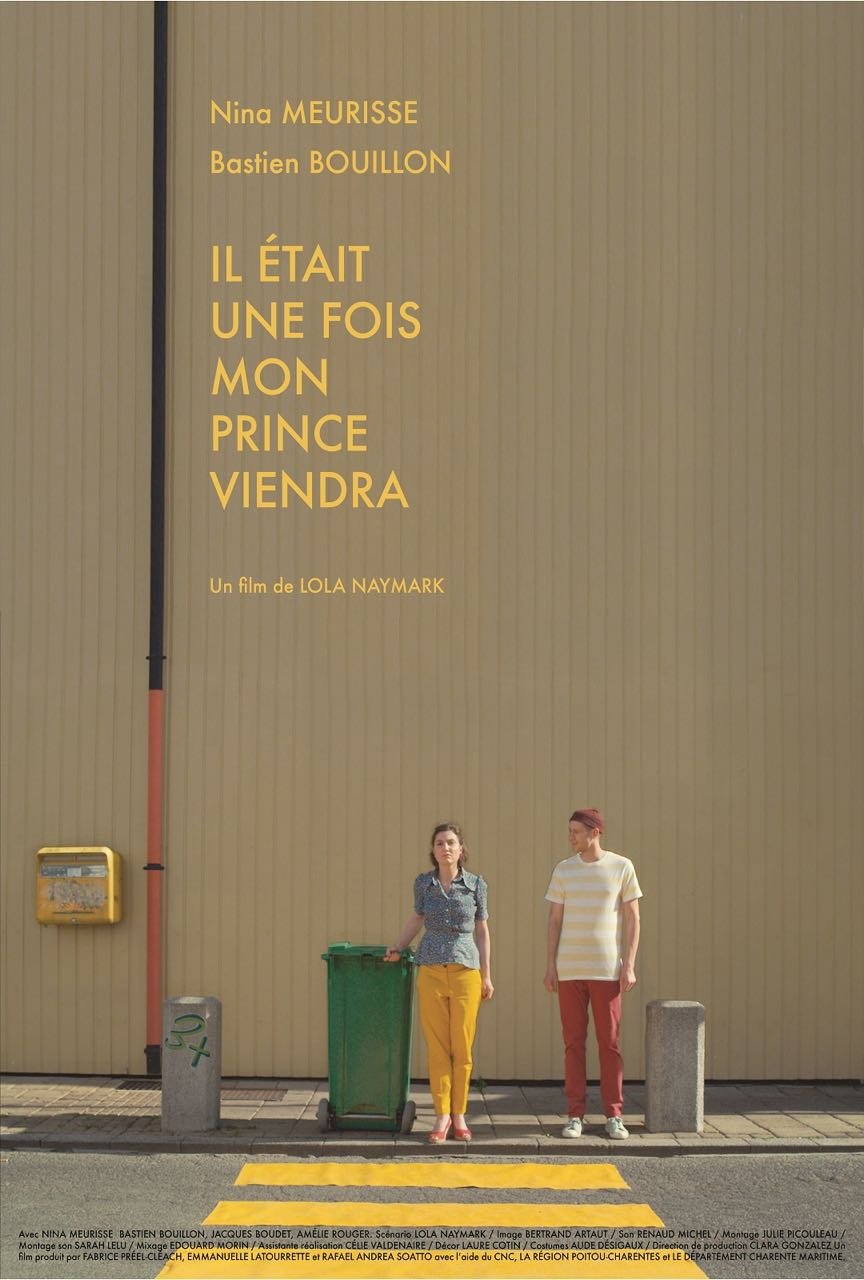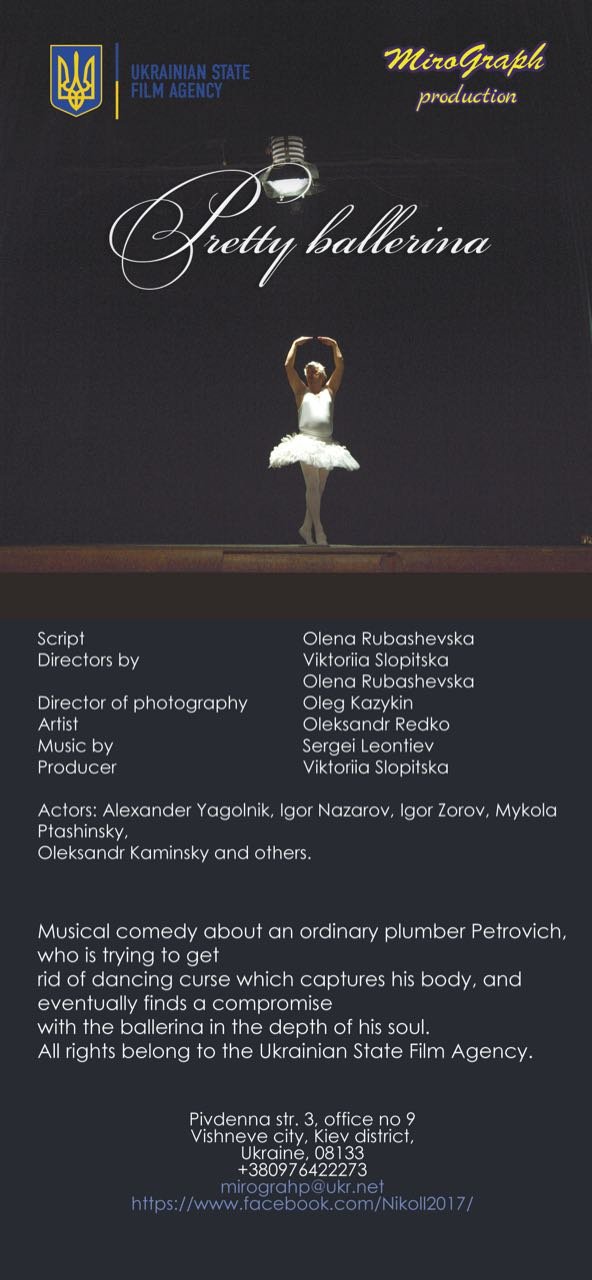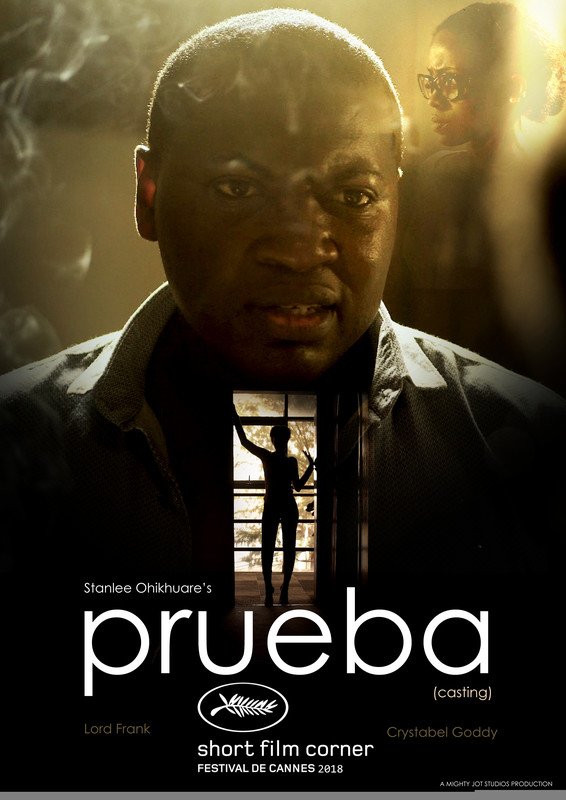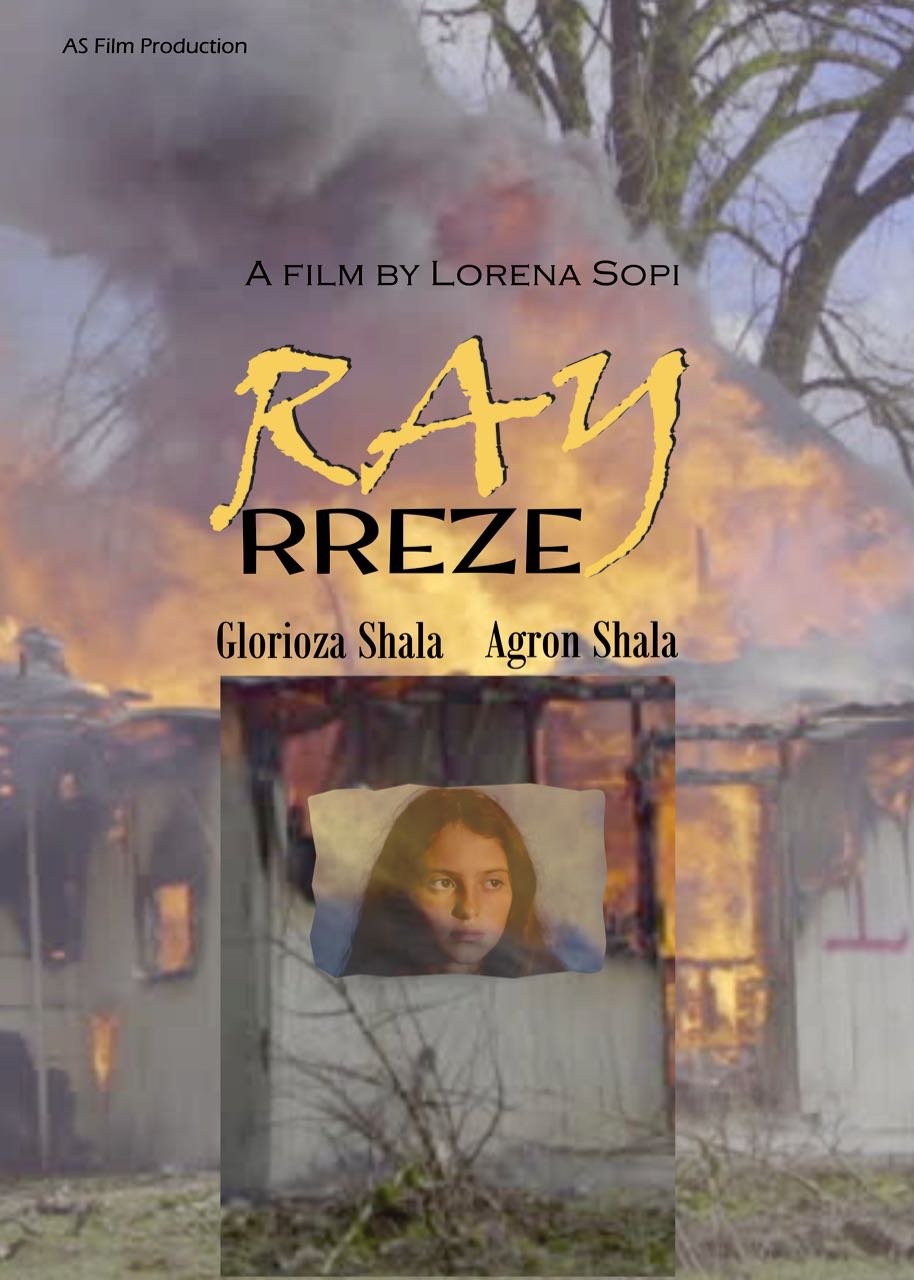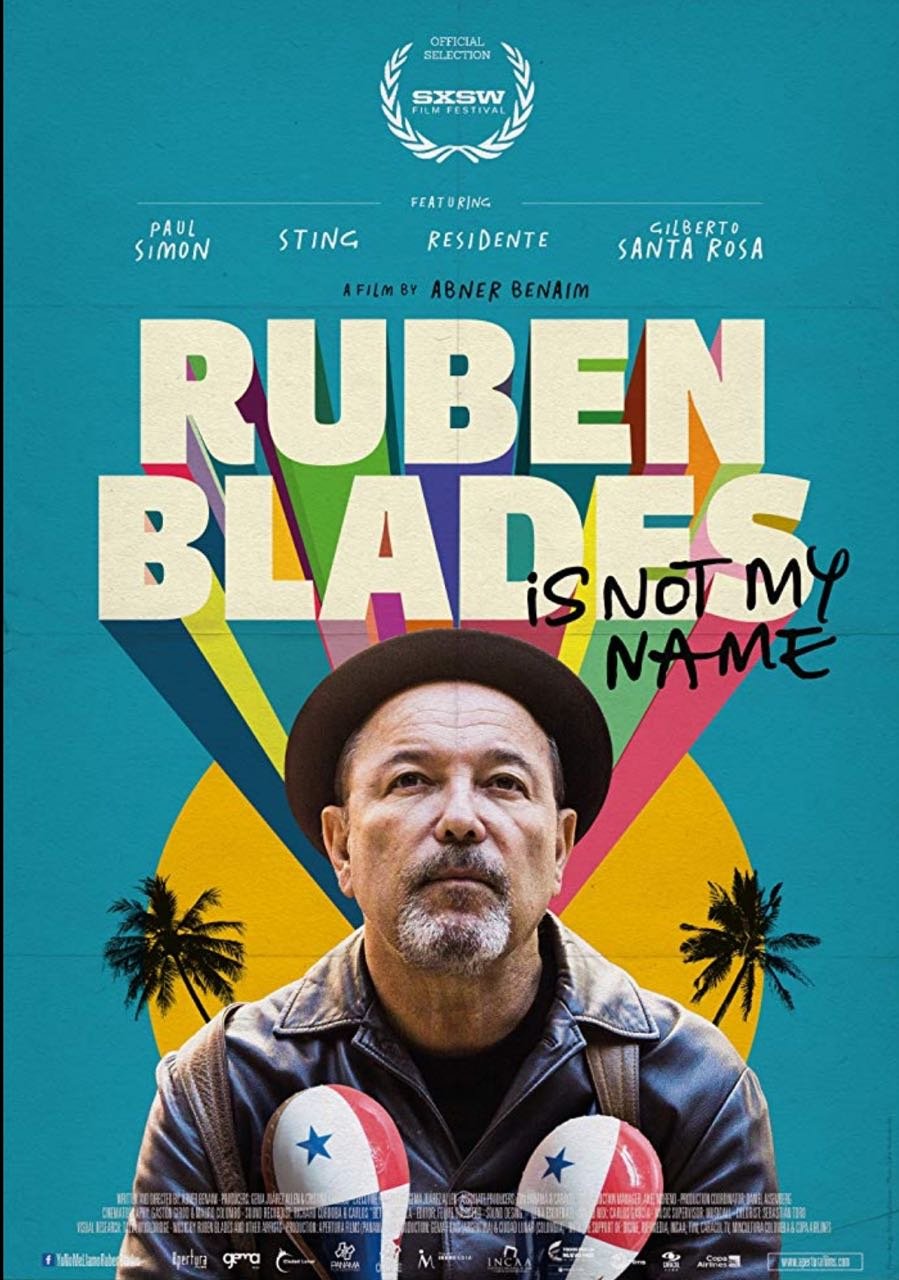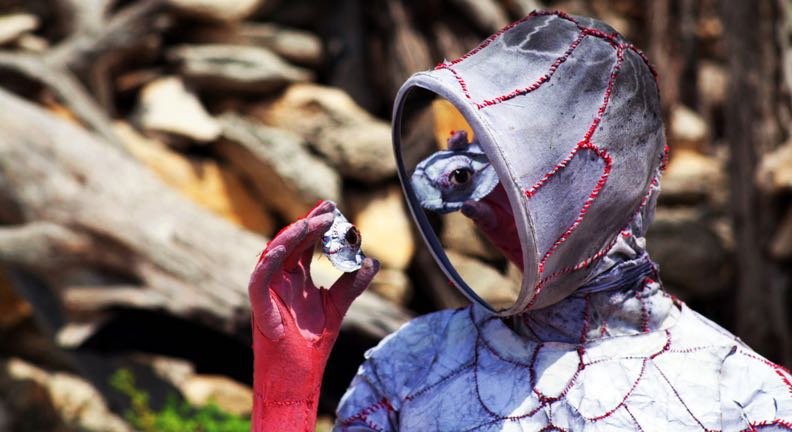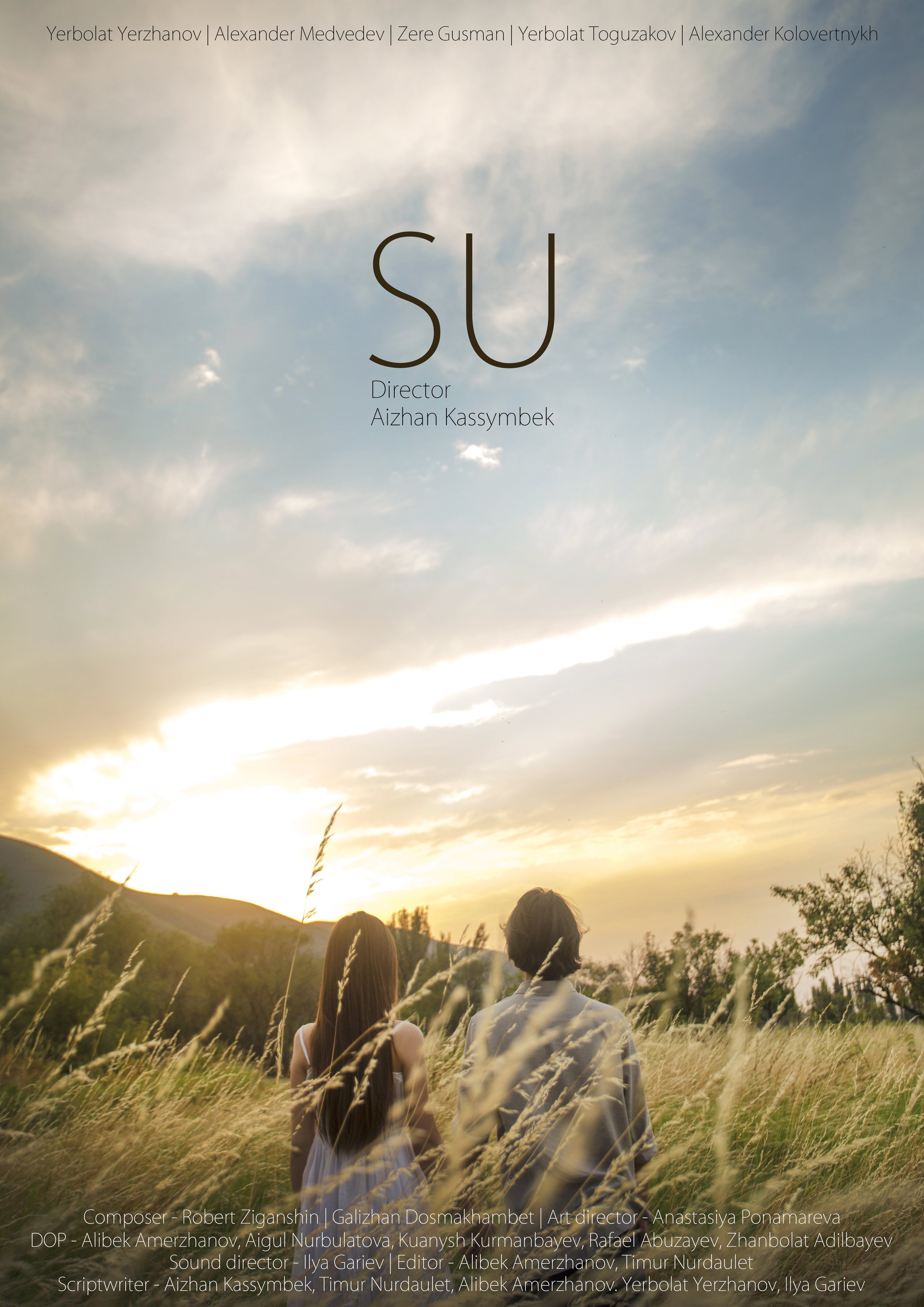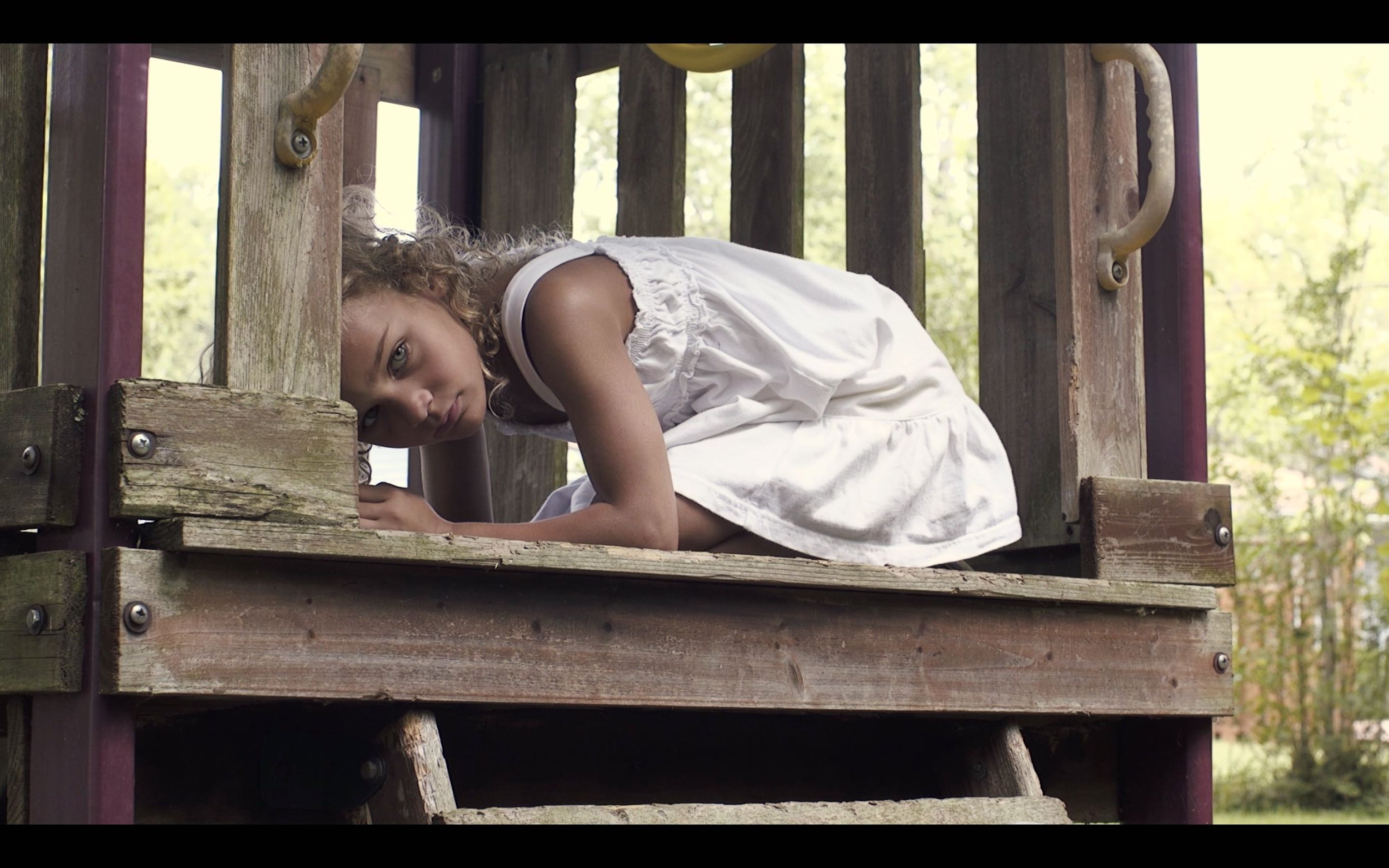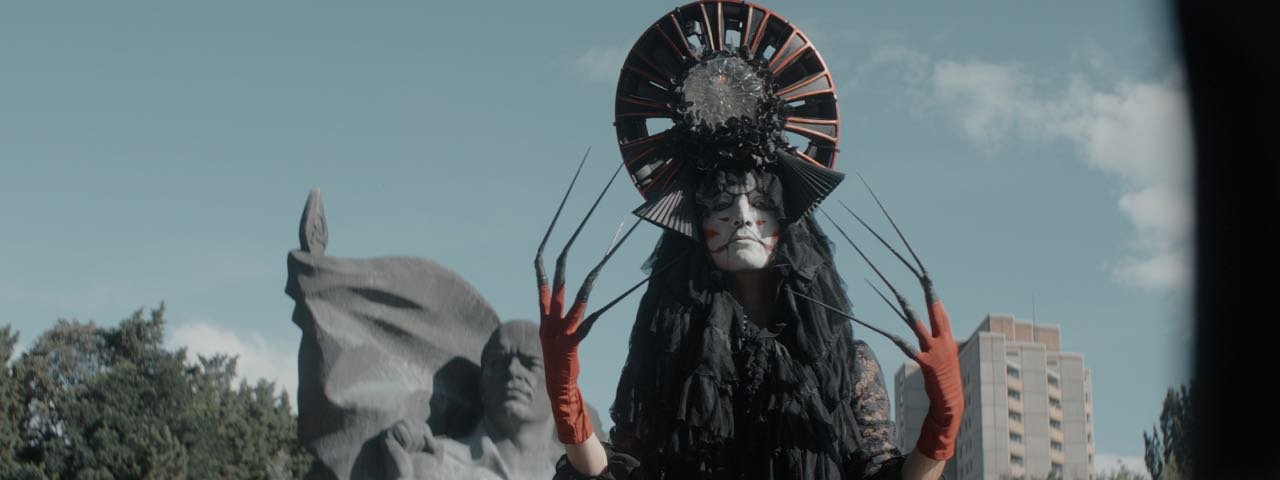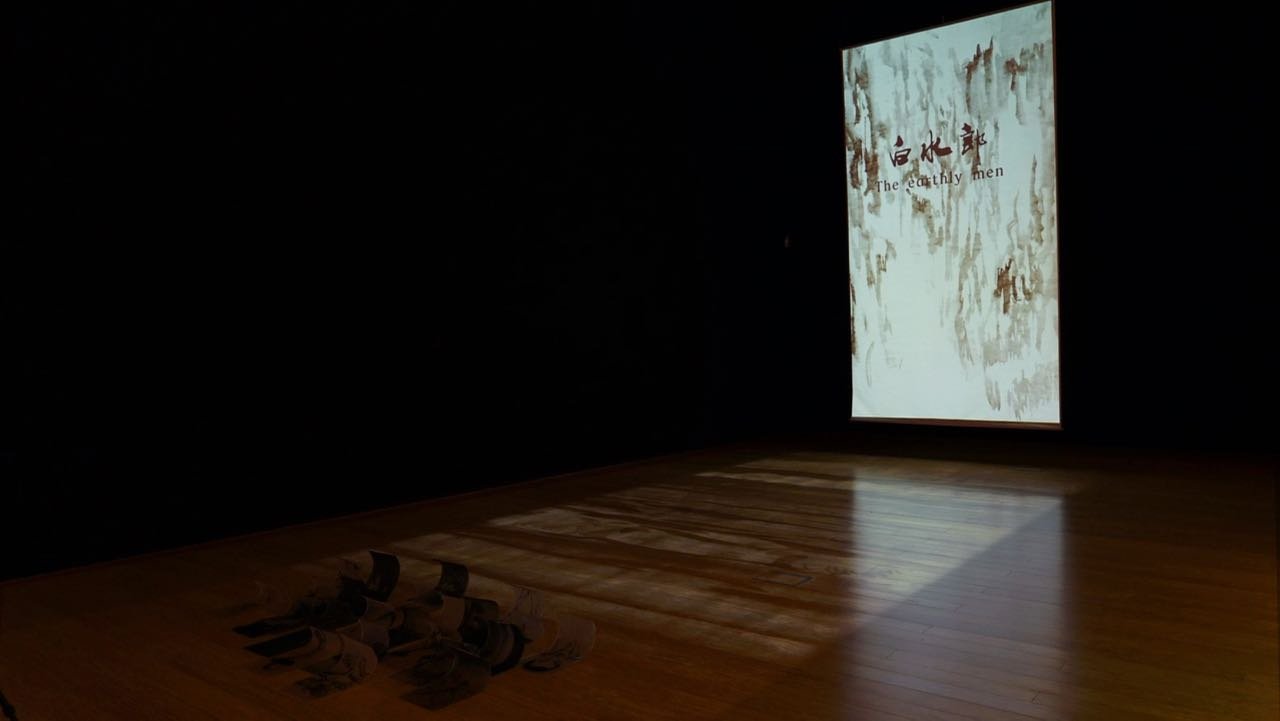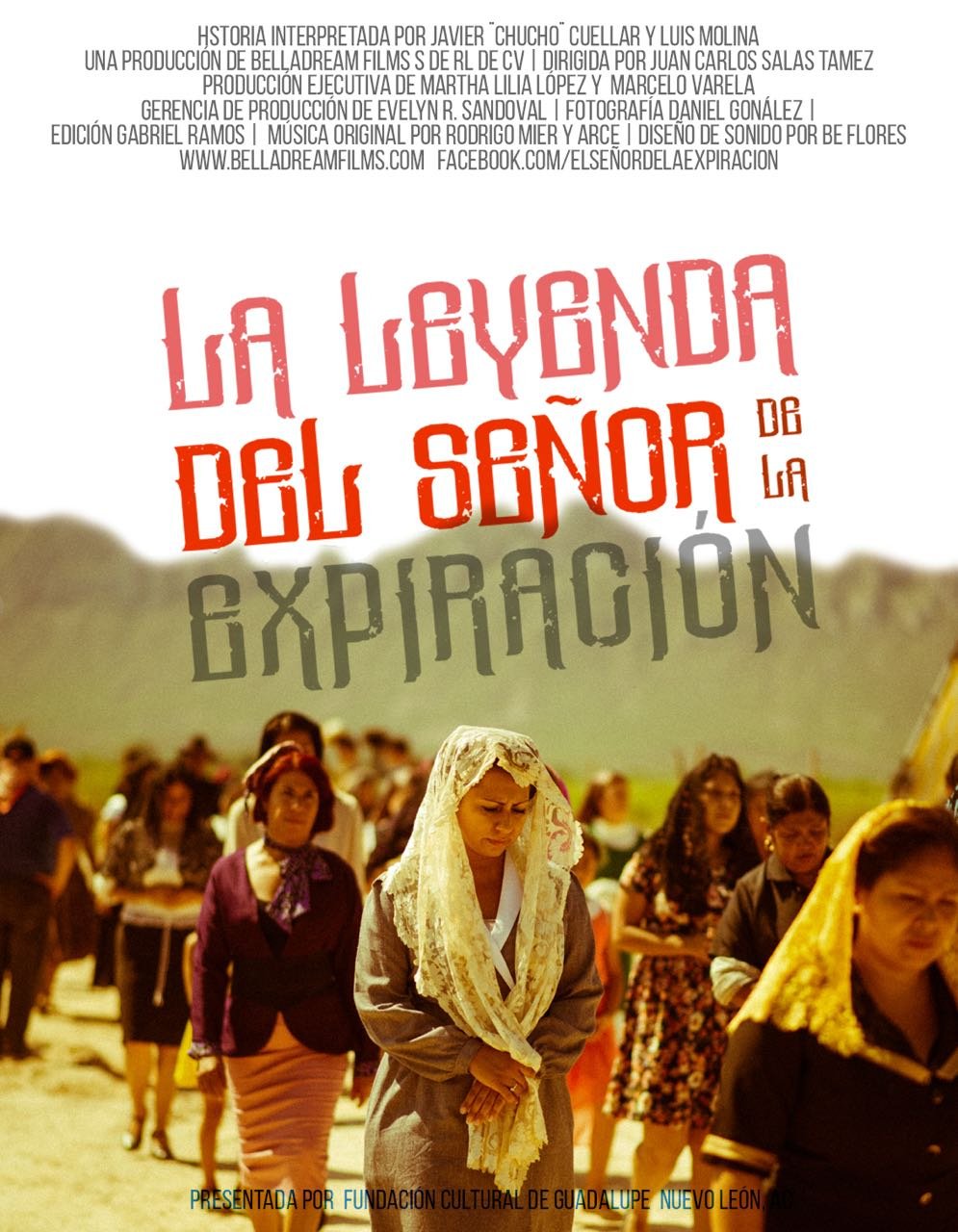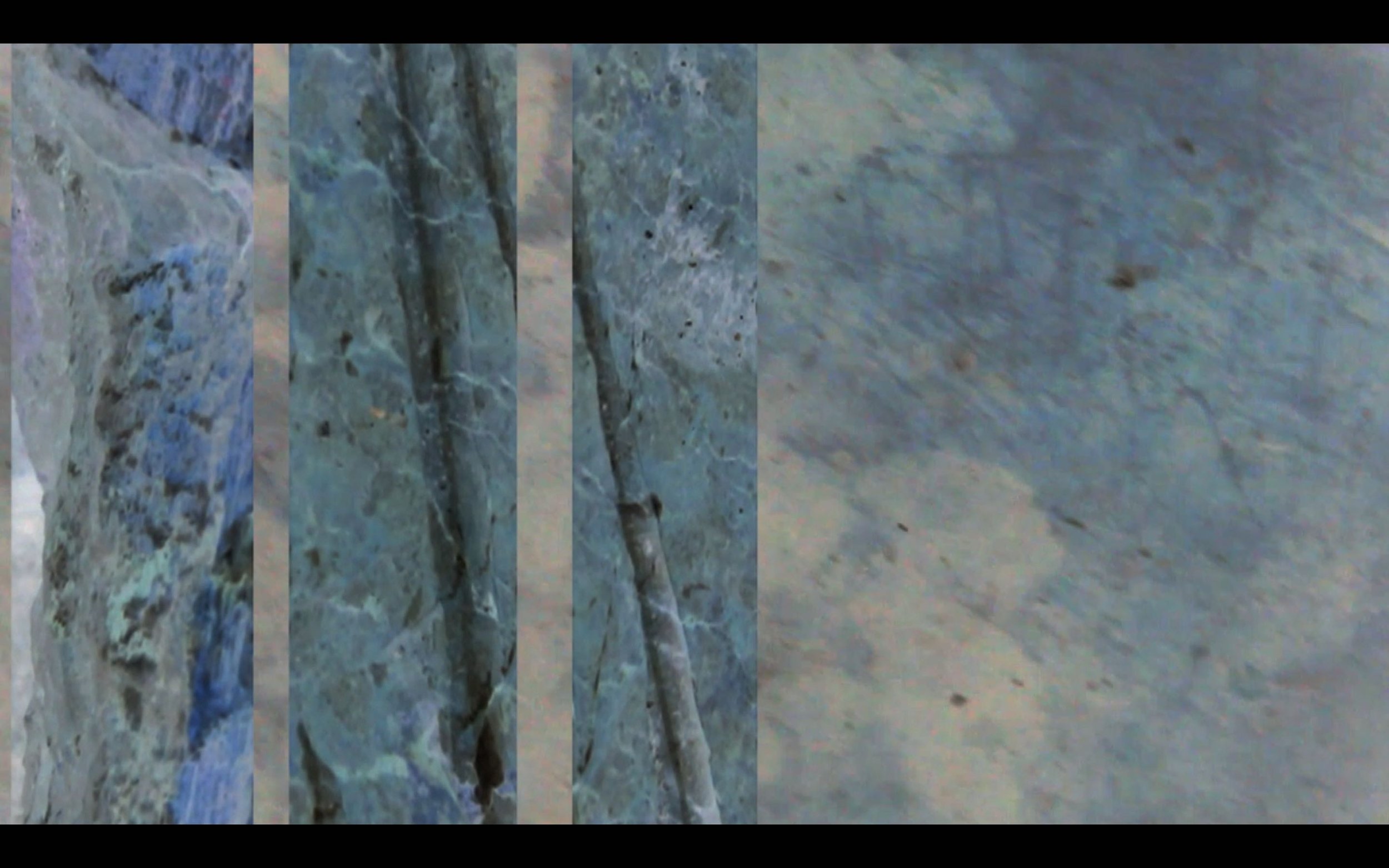That Flickering Quicksilver Glow: Bronx World Film
Pioneers Summer Art Film Series in The Bronx
Bronx World Film Cycle, 'Summer 2018
Walter Krochmal, Founder and Executive Director

It’s an August night in a South Bronx park. The air feels heavy from the moisture that has become the new normal for Northeast summers. Peering out through the grove of trees you see the flickering quicksilver glow, the rectangle that tells you there’s a movie screening.… (?)… Draw close and you see the images flying by onscreen, etching excitement onto the faces of the families with toddlers, the men and women settled onto the stone bleachers built into the hillside. Dialogue rings out in unfamiliar languages.
As one of the permanent highlights of our programming, Bronx World Film Cycle, Summer 2018 screened works brought directly from Festival de Cannes, where Founder Walter Krochmal travels regularly since 2009 to bring films back for the organization’s programs in New York City. This component included four US premieres: 1000 Gestalten (Dir. 1000 Gestalten Collective, Germany), a documentary report about a massive street-theater protest held at the G20 Summit in Hamburg, Germany in 2017; Aúúúna (Dir. Lina Šuková, Slovakia), an animated tale about a little girl who learns that the monsters she fears are not really all that frightening; Dancing Frog (Jinman Kim, South Korea), an animated short portraying the world of a tree frog; and Fight of Bulls (Tushar Waghela, India), another animation film that uses the metaphor of dueling bulls on India’s streets to illustrate conflicts in the world.
The small outdoor plaza with its baby blue umbrellas and tables commands the busy East 149th Street crossroads, east and downhill from the Grand Concourse, beckoning to passersby from a slight elevation. Located on the premises of Lincoln Hospital, the Bronx’s largest public hospital, it enjoys high foot and vehicular traffic and a community that reflects the range of ethnicities that call the Bronx home. Over two evenings of screenings, hospital employees finishing their shift, random passersby recruited by canvassing on the street, young mothers with their children and others occupy tables and ledges, their eyes fixed to the screen. They all express the same delight and surprise that fellow Bronxites express at the unprecedented sight of our screens and programming in their communities.
The Cycle landed here by invitation from Luis Stephenburg, Director of the Lincoln Hospital’s Audiovisual Department. A visual artist, the founder of the Bronx Biennial and a prominent Bronx arts promoter in his own right, Luis has brought innovative music and arts programs to this outdoor plaza, as well as to the state-of-the-art auditorium the hospital has indoors. Previous collaborations with Executive Director Walter Krochmal and a knowledge of each other’s work led to this happy confluence of talent and institutions. We are thankful to Lincoln Hospital, our first strategic ally in the Bronx, and look forward to future collaborations throughout the year for the benefit of all our communities.
Behind the screen below and off to a side, teenagers dance in a circle to a portable sound system. Some turn and stop to watch the action, non-committal but curious. Elsewhere, people draw close: some ask what’s playing, others come straight to watch, still others turn and leave. It’s arthouse film, and it’s a novelty in this area, whose name once struck fear into hearts the world over. It’s a novelty all over the Bronx, too, which still has only one moviehouse for one and a half million people. You’re watching the animated dialogue that sparks up as this pioneering arthouse film initiative slowly begins to take root in our home borough.
A walk around the neighborhood that houses this venue, considered the Bronx’s answer to Manhattan’s Central Park, reveals telltale scars from another era when the headlines read “the Bronx is burning.” The tall cast-iron fence surrounding certain parts of the perimeter recalls a penitentiary. Pass the Charlotte Street entrance and you see rambling single-family homes with neatly manicured lawns and homey-looking fences. In the 70s, however, this street provided the stark backdrop for a famous photo of President Jimmy Carter, who on a surprise trip to the Bronx was shocked to see the state of destruction and vowed publicly to reconstruct. None of the rubble and building hulks is left. The entrance to the Amphitheater today leads past a jungle gym and fifty sturdy picnic tables under a grove of trees. Friends and collaborators who had never visited before couldn’t believe they were in the big, bad Bronx.
We’re at Crotona Park Amphitheater, our largest Bronx park venue, and have returned for the second year in a row. Thanks to a positive relationship with park staff, whose progressive vision has already made a difference in the quality of life for the neighborhood, the Cycle has been welcomed as a permanent feature of the programming there. We are honored to be a part of that and to have a positive relationship with Department of Parks & Recreation staff in the borough.
Hunts Point/Riverside Park:
From Wasteland to Green Waters
Crotona Park: Once Poster Boy for Urban Blight, Now Urban Arts and Sports Center
Film Programming Tailored to Local Communities
Unexpected Downpours of August
and Future Summer Cycles
For Bronx World Film Cycle 2018 we had originally planned on holding eight to nine screenings. That August, however, saw almost constant rains, following a trend first observed in the summer of 2017, launch year for the Summer Cycle in the Bronx. This new normal, once unthinkable in New York City, complicates planning for producers of outdoor events. It indeed forced us to hedge our bets on confirming events rather than risk a cancellation and the cost of a rain date. Climate change has already begun to influence our future planning processes, and will certainly move us to seek strategic alliances with other welcoming institutions throughout the borough, like Lincoln Hospital, with indoor and outdoor venues onsite.
For the summer of 2019, we will expand our borough-wide reach from the South Bronx base and get back on track to have 12 outdoor venues by 2020. The organization has built cultural diversity into its programming from the beginning, and has equipped itself well to serve the borough’s communities and beyond. It has also finally taken steps to receive funding for its program through a fiscal sponsor. In the fall of 2018 Bronx World Film submitted its first grant proposal ever, to the Bronx Council on the Arts Community Arts program, to fund the Bronx World Film Cycle, Summer 2019. A good portion of that funding would be applied to hiring crew, administrators and creative personnel, fulfilling the aim of creating new avenues for development through arthouse film.
Finally, preparations have begun on the blueprints for a slow, steady expansion into audiovisual production. This brings the organization even closer to its core mission, that of creating communities capable of telling their own stories on their own terms, and of reaping the benefits. In short order, look for some of those he images zipping by on the “flickering quicksilver glow” to come with the Bronx World Film hallmark.
As you enter the gates to the lot -- located in a somewhat remote and forbidding industrial landscape, with an old railway crossroads still in place--, you pass a wall on the left adorned with murals by the legendary Tats Cru, and gear-like iron machine pieces affixed to it as architectural ornamentation. Behind the wall sits a fenced-in lot. It reminds you of an abandoned fairgrounds. You see a small house and, further ahead, a shipping container. In the summer the former serves as an art studio and the latter as a gallery space. Nautical motifs and sculptures dot the pathway winding through the park, and further ahead, you see a small dock. It’s quiet now, bathed in nightlights, but in the daytime people ply the river on rowboats and sailboats made by young people at the non-profit Rocking the Boat, which also has its headquarters on the fairground, hidden from view. As you near the water’s edge, it catches your eye off to the right. It’s the small stone amphitheater on a hillock looking eastward over the Bronx River to Soundview peninsula. You’re in Hunts Point/Riverside Park, our second venue for the summer of 2018. It’s a tiny gem among Bronx parks transformed from an industrial wasteland – local even rumor it served as a dumping ground for dead bodies back in the 80s and 90s – to an award-winning showcase for urban art, architecture and planning
This is Bronx World Film Cycle, Summer 2018, the outdoor traveling film series that aims to light up many a Bronx summer night with that “quicksilver glow.” It’s a spinoff of our flagship program, a showcase of contemporary world arthouse cinema in all styles and genres that we have presented every winter since our 2011 founding at La Nacional, in Manhattan. Launched in Bronx parks in 2017, it returned in 2018. It is scalable and mobile, designed to reach any and all Bronx communities. It’s part of the Roving Cinémathèque, our umbrella project to create venues throughout the borough where we can bring films year-round. The fact that we don’t have a headquarters yet doesn’t stop us from serving Bronx communities. For the second Summer Cycle we took our screens to three different venues.
The Roving Cinémathèque Project aims to establish one permanent outdoor summer screening/multiarts venue for Bronx World Film Cycle in each of the borough’s 12 Community Boards by 2020. In its first two years it has focused on these South Bronx communities, home to the poorest Congressional district in the United States since the 80s. Their populations are overwhelmingly young, Hispanic and black. They have high poverty, unemployment and incarceration rates, low levels of schooling, obesity and diabetes and the host of attendant health and life problems associated with such poverty. A massive influx of people fleeing high rents in other four boroughs has already started. Many large companies have also moved their facilities to the Hunts Point and Port Morris districts because of the less costly real estate. Gentrification looms large here, and all of these communities face imminent displacement. Because of the lack of arthouse film theaters, we face challenges to introduce films not considered mainstream commercial film.
Despite the similarities, each neighborhood has its own character, and we tailor programming for every venue taking this into account. The Summer Cycle must appeal to all ages and cultures. It aims to strike a balance between culturally relevant programming and programming that challenges cultural comfort zones, that fosters cultural understanding across borders.
Thus, this past summer the quicksilver screens lit up Bronx parks over several weekends with an intricate weave of sci-fi, animation, dance, comedy and drama. We drew previously screened works from our catalogue compiled over eight years of existence, and new works from the growing local and international community of filmmakers who submit in response to Calls for Films, or as a result of introductions or recommendations. We cast a spotlight on works by film artists from the Bronx and New York City, from Central America (our specialty region, which is well represented in the Bronx) and rounded the program out with films from all over the world.
Opening Venue: Lincoln Hospital Plaza,
at the Bronx’s Largest Public Hospital
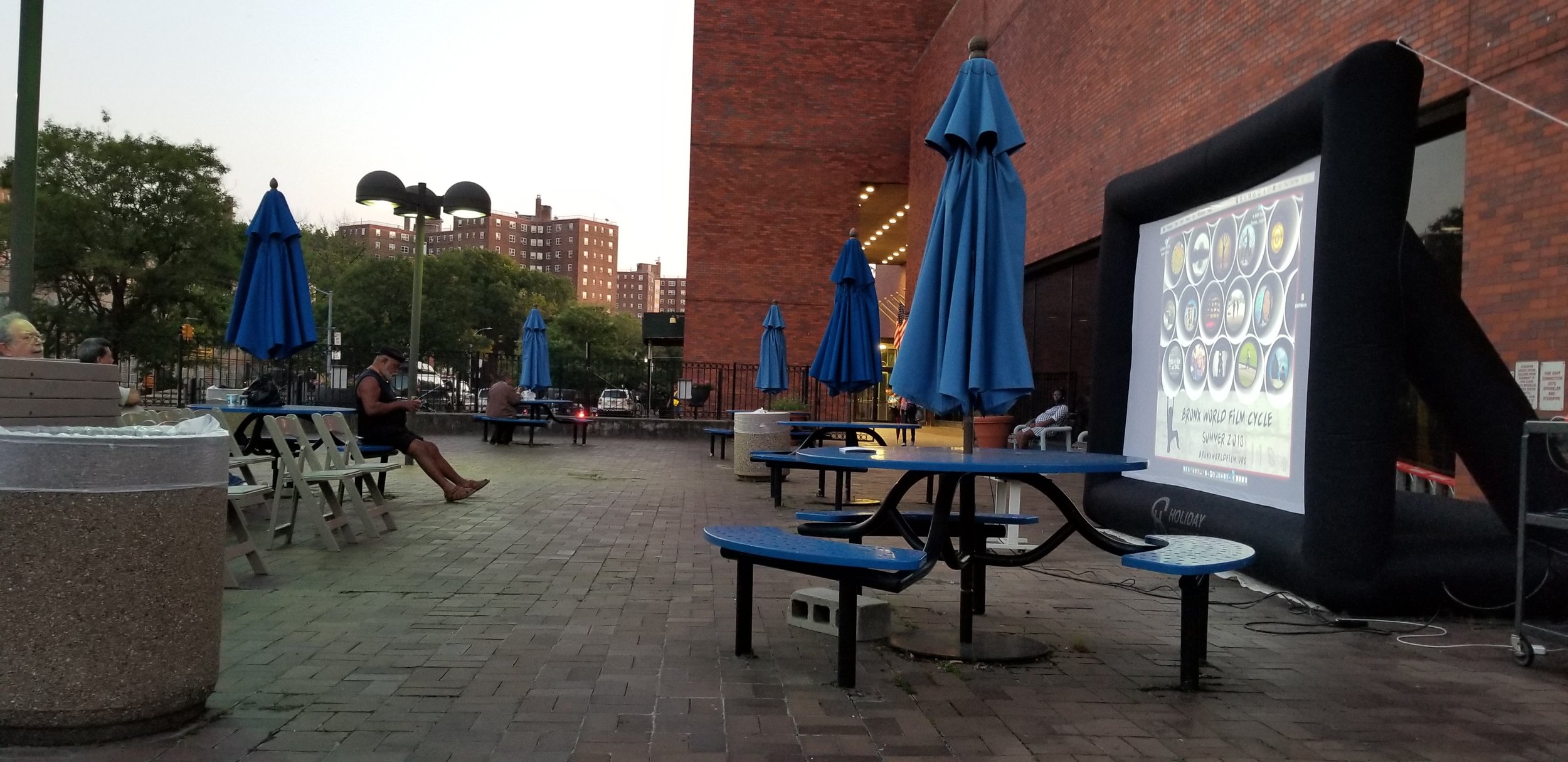
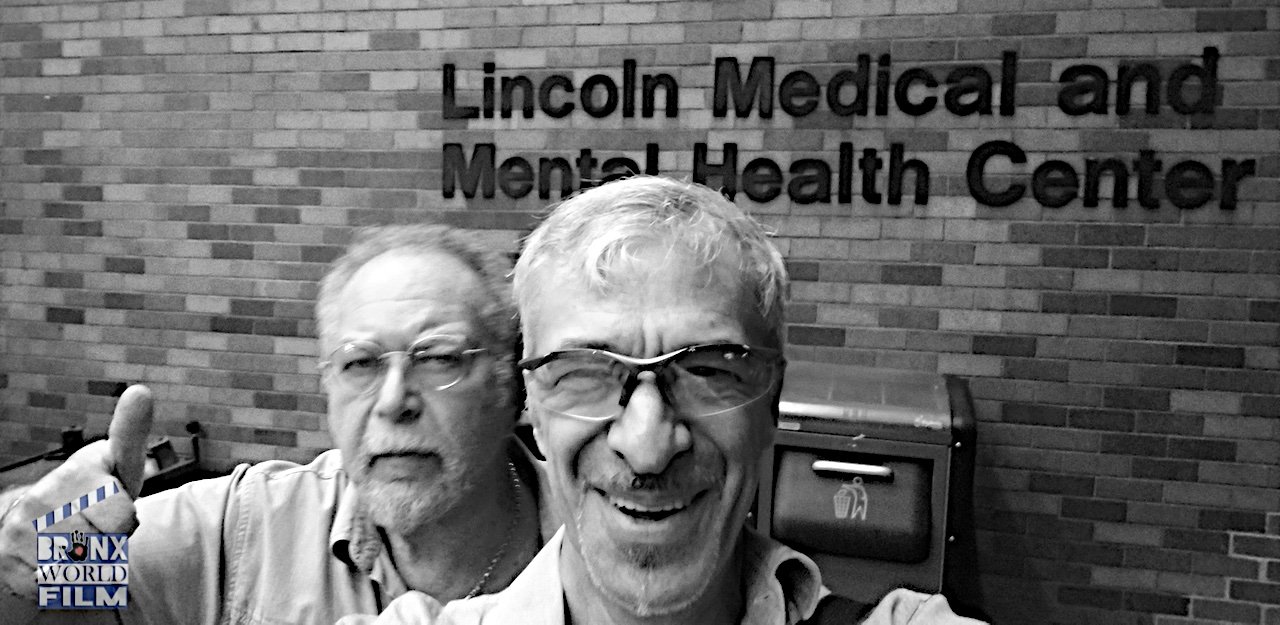
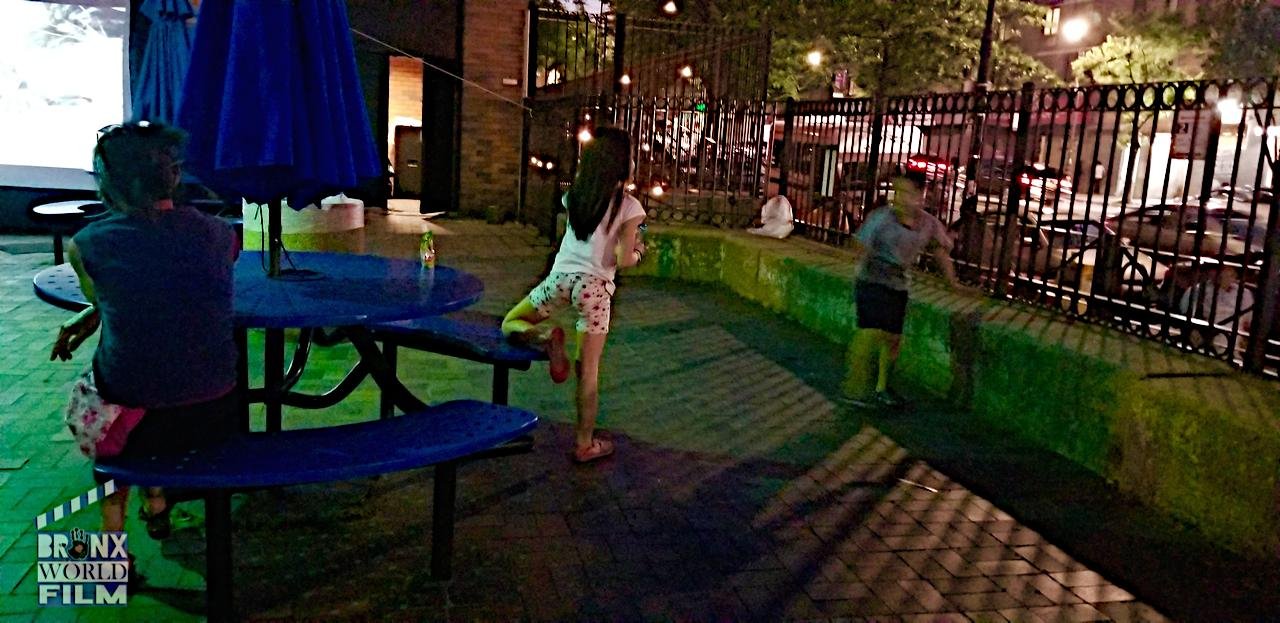
Bronx World Film Cycle Catalogue 2011-2021
Browse our catalogue in all its glorious diversity, with entries for every film screened in our first ten years.
